The Evliyagil Museum
09.09.2017 – 04.02.2018
Neighbouring Event of the 15th Istanbul Biennial
Curator: Derya Yücel
HOME
“When the peaks of our sky come together
My home will have a roof”
Eluard
The home is presented before us, as a privileged field to investigate phenomena specific to the concept of space. It is no longer possible to comprehend the home, with the first meaning of the word, by reducing it to a physical space. The home refers to social phenomena rather than a physical structure, an object and becomes the vital point of social networks carrying human-specific meaning. In the framework of the concept of time, past, present and future give the home different dynamisms. Dynamisms that often intermingle, sometimes contradict, and sometimes warn each other.
It is argued that there is a range of complex and multifaceted connections between social relations and our comprehension of the space. Social relations influence our interpretation of the space, on the other hand, our comprehension of the space influence how we interpret the societal. We learn ‘who’ or ‘what’ we are in the society through symbolic frameworks of space and time. Organized spatial-temporal rhythms function in the direction of socialization of individuals in different roles. According to Lefebvre, the social space that implies being socially produced, is not merely a void; on the contrary it could be attributed a meaning. Space is not an inert, neutral and a pre-existing given, but rather, it is determined by a network of social relations that can be attributed a meaning and while involving various subjectivities, it can always be reconstructed by the imagination. Addressing the home in the context of spatial and temporal identity, Dovey states that home is a place where our identity is continually evoked through connections with the past. Temporal identity is a means of establishing who we are by where we have come from. Home as temporal identity is not limited to connections with the past but extends into a connectedness with the future. Thus, home allows for both the representation and the growth of identity. In the context of a dynamic setting, as the meaning of the home can vary from person to person, it can also vary for the same person at different times due to its parallelism with the formation of the identity. In addition, as Miller points out too, the home, instead of being perceived as an object, can be perceived as a process in which we act.
The term home functions as a repository for complex, inter-related and at times contradictory socio-cultural ideas about people’s relationship with one another and with places, spaces, and things. Home as a physical shelter, as a network that people form relationships with objects or as a phenomenon that incorporates many contradictions at the same time, is a source of multiple meanings, at times positive, at times negative.
Bachelard treats the house as a "place of happiness" because the house reassures the preservation and sustainability of the things that have been gained during human life. The home being the first shell, universe, cosmos of human existence, provides us both scattered images and a unity of images. A power that can be defined as a gravity force, gathers the images around the home. On the other hand, the home may be disturbing or increase anxiety with those that are unseen, forgotten, hidden, from basement to the attic. Home has a dual nature like human. It can be the source, the first scene if not the source, of images of happiness accompanying us throughout our lives, also of our fears that we will always try to get rid of, our tediousness that we try every possible way to be released from. To go or to stay, says, Gürbilek, this is a dilemma that the home imposes on us- or shall we say, grants us. Sometimes, the place where tediousness about the world we live in, everlasting desire to run away, constant and deep pain stemming from the inability to leave, all keep coming back to, is this heavy, depressing home. At home, we are inside the unity of image and memory, the intermingling functionality of imagination and mind, says Bachelard, our body that never forgets, doesn’t want to forget, that unforgettable home... Can we say that each one of us possesses a memory-dream home vanished in darkness, beyond a real past? Transcending our memories of all the houses in which we have found shelter, above and beyond all the houses we have dreamed we lived in, can we isolate an intimate and concrete essence? As Doreen Massey also pointed out, we live in an era that the horror and terror we feel for spaces with closed borders, excluding diversity and the support we give to the defense of the territory, home, ‘essence’ of the oppressed and cast out, go side by side. Maybe home is still the journey we start in eternal space, the center of our existence and our lives. Our roots, our belongings, are the protective walls of our fragile and vulnerable identity. Perhaps, the shelter, in common usage of the word, is no longer possible; the home is in the past. Now, the ground covered, the course or the destination are long gone.
For artists, “HOME” as a metaphor, can be a diagram that will guide their thoughts, memories and dreams. Home, besides being a unifying power for the concepts of memory, self, individual, family, identity, can trigger a research towards multi layered meanings such as neighbor, neighborhood, city, society, environment, space, belonging, geography in the scope of the dialectics of inside and outside. The exhibition titled “HOME” is also searching for an intimate and concrete essence under a roof built with time, memories, dreams, fears, conflicts, judgments and reinterprets works of artists from different generations and artistic practices, around the concept of home. The curatorial framework of the exhibition is based on a synthesis that explores intersection of art and artistic production practices beyond their diversity, common expressions of the image beyond its uniqueness based on interpretation, formal dialogues beyond multilayer of conceptual contents. “HOME" is centered, as a relational dynamic that varies depending on time and context, at a personal level among artists.
Remembering the Home
"When we refer to memory, we are looking at a mind-settling that is rooted in time and space, in image and object, in texture and in scent; in the presence of ambiguities, mist of memories and sensuality.” As the objects trigger the memory, they can become a guide in the resolution of lives that are being spent/were spent/will be spent. In this sense, objects can be seen, not just as objects but as a ‘language’ to be used to comprehend the home in depth. When artists give the weight of their thoughts and feelings to other tangible objects, they can accumulate the universe around an object, inside an object.
Ahmet Doğu İpek, freezes a scene; the transformation moment of the natural form of a tree trunk into a graceful object or vice versa, in the “Table III” The artist is getting a concrete body to an impression that is becoming, continuous and hard to express. Can İncekara, is forming associations between personal memory and social memory in his watercolor paintings named "Grandma". In the ambiguity of remembrance, he is addressing objects that are settled in a familiar home, in a vaguely animated past and into childhood memories. Çağrı Saray, is making a memory map of a home that he got related with the bound of belonging. The artist conveys, by measuring every corner of the home, experiences that take their place in the memory through living spaces and experiential vibes of the space, with a performative narrative, in the designs named “4/12: Topography of a House, no: 2”. Erdağ Aksel addresses the own memory of the exhibition space with "Evliyagil Novelties". The artist who places objects acquired from local spaces, on a shelf, with the method he administered in every city that he made the arrangement at, emphasizes that “value” and “meaning” are not inherent to any spatial layout. Erdal Duman, with his work “Gateway” that puts emphasis on the direct contact memories have with their hiding living space in the dialogue that the memory establishes with the past, accumulates and stores the collective memory by getting in contact with the simplest form of the home and suggests a reading about the memory wandering on these shelfs. Erinç Seymen, in his painting-installation which is the second of the series “Family Values”, digs down deep the concepts of middle class identity, institution of family and property relations along with belonging. By taking the lid off, the artist presents hidden attributes of what seems to be normative and perfect at the first glance, to the viewer. Hakan Gürsoytrak transforms a woven carpet from an indoor object to a way of expression pointing out to the whole social structure, with his production “Warnament: Crying Carpets”, investigating the relationship among object, visuality and collective memory. As objects are added to the mental rhythm of people in the context of home, they also form the boundaries of distinctions between public and private. Leyla Gediz, in her works “Untitled (bed)” and “Untitled diptych (goblets)”, transforms the bed she uses in her studio, into a sculpture and the glasses she uses in her kitchen, into an image. Thus, she realizes a shift that crosses the boundaries between indoor being an intimate space and outdoor being a social space. Being able to create a deviation in the functionality of home determining codes of conduct, requires a force of imagination that tears apart and destroys the symbolic essence of the space. Yuşa Yalçıntaş reminds us of an instinctive dream inherent to home with his design “Game” that is reminiscent of an esoteric ritual beyond a childish foul.
Sheltering at Home
The opinions based on the assumption that every individual (and society) has the need to put down roots, find their strongest expression in the concept of ‘home’. 'Home' is about the origin ; Home refers to the concepts of nest and belonging in order to express the place of origin, geographical root. However, if home, with its most simplified definition, is a protective shelter for our body, it can be a protective shelter for our identity too. Our most hidden sides, our weakest feelings, our most evil angers, our strongest desires, our greatest fears and our most impossible dreams can settle in this 'home’. So that, if there is ‘nowhere’ else that we can go, homes can talk about our existence and construct a subjective narrative about us.
Can Akgümüş, follows the traces of the homes, whose existence is left ambiguous, in his photographs called “Far from Home I and II” The artist leaves the viewer with an uncanny uncertainty on whether we are inside or outside of the ‘Home’ and whether we are familiar or stranger to the ‘home’. Cemre Yeşil materializes the essence of the concept of home in a body that was our “primary universe”, with her photographs titled “Milk Tooth”, putting to the center the mother's bosom that we may be familiar since our birth, the first home that some possess, some long for. As Cengiz Tekin treats the home as a protective shell against the ongoing storm, he looks for the “calmness” that he couldn’t reach at the geography he lives in, on the walls of his home. The artist, in “Silence” puts down to paper his tediousness about the outside through ordinary objects related to the wall surface such as nails, sachets, robe, electric socket, belt ... and with the charcoal drawing method that is not part of his art practice under “normal” conditions. Erol Eskici’s painting titled “Karstwelt 06” consists of a dialectical composition that brings together a number of indicators from fields that are in a forced, opposite and indirect relationship; such as geology, chemistry and architecture. In this dark and picturesque landscape, as home sometimes continues its existence as an unreachable ruin, at other times, it functions as a shelter. As Eşref Üren’s painting dated 1973 “Around Ankara (snow)” presents the viewer a dynamic image of the home/s living in a winter landscape, Komet’s canvas dated 1982 “Viens Ici”, takes the viewer to a memory-dream home rising behind the concepts of family, individual, childhood and freedom. “The Modern West”, viewed as an abstraction of the concepts of inside and outside built on spatial contradictions of modernity, is viewed as an abstraction towards architecture-space concepts that Nuri Kuzucan addresses frequently in his production practice. The home that is being built, half-finished, waiting to be completed, sincerely invites those who are left outside. Romina Meriç whose paintings open up to the body, consciousness and closed tunnels, handles the processes of alienation to self (to home) and owning self (home) with an implicit imagery, in her work “Right Eye” that centers fire as a both destructive and constructive metaphor. Yunus Emre Erdoğan, at “Untitled”, places his sight that he directed from inside to outside, behind a curtain. Rather than watching and observing beyond the protected walls of a home and forming stories about outside, he is addressing home as an observation base from where he looks to himself and to the whole existence. Yüksel Arslan’s work “489, Man 130” which is dated 1997 and part of the “Arture” series, introduces a scene from the artist’s uncanny, dark and exciting flow of thought. In the painting, the gaze of existence carrying stability and loneliness is seen at the women simply sitting in a room. As sliding texts on the floor become the backdrop of memory, the scene points out to the simplest space that memory finds shelter in; home. As for “517, Man 158: (Ancients…)” dated 1998, from the same series of the artist, it looks into the earth which is maybe the last home of all living beings, to the nature and desolation.
Moving the Home
The metaphorical and syntactical components of home are quite many; home embodies the idea of a 'unity' wandering among home, homeland and nest… Home refers to ‘nest’, ‘homeland’ with its imaginative and metaphorical richness and to ‘nation’ and origin in utopian sense. However, by the end of the twentieth century, the world is a place that individuals and societies have lost faith on belonging to a place and realized that their existence at the geography they live in is coincidental. Our era that movement and immigration have taken over settlement, is “the era of the cast out person, refugee and mass migration” Home is a moving, relocating and living concept too.
Ahmet Duru’s three-dimensional work “There is a Nomad inside me”, is seen as a private dystopian universe in the framework of the concepts that the artist addresses about the relationship- tension of nature and urban. This home points out to ecological destruction beyond social, political and socio-cultural conditions. Nowadays, the image of water/sea has become a tragic symbol of movement and mass migration. Berat Işık symbolizes the troubling uncertainty and hope of departing, with a figure moving- maybe simply standing- on the sea, in his photograph titled “Far from Here” In this case, the body becomes a resistance unit against "disappearing" Canan Tolon’s work “Untitled”, is referring to home as a start point that gets shaped by movement and that is returned each time to go once again. As outward-looking eyes, the windows of a residence are spread over the surface in a repeating pattern. Fırat Engin rebuilds a shape that is remembered from children's games, with a magnificent monumental character. “Untitled”, as a home that is made of giant metal playing cards, looks like it would be destroyed when blown, but on the other hand, settles on the ground it stands, with all its weight. “Beirut”, creating a poetic scene at the space, takes its place in the exhibition as Hale Tenger’s 2007 dated video that points out to a geographical area that cannot be saved from the destruction of war and suffering. In a geographical location where the meaning of concepts of Homeland-Nest- Home is worn away, the tragic poetry of the images looking at St. Geoge Hotel as a transitionary accommodation, increases its influence with the music composed by Serdar Ateşer. Hera Büyüktaşçıyan's “Lost Cuckoo Bird”, is composed of a cuckoo clock hanging on the wall with its door open and handkerchiefs tied to one another and hanging from this small door. Arrangement builds a story based on home, nest, belonging, immigration, settling and inability to settle, with its strong simplicity carrying the concepts it points out to. The video work of Nil Yalter who focuses on the working life, living conditions and political exile of immigrants, belongs to the series “Turkish Immigrants” that she started on1977 and includes conversations of women, men and children about their daily lives, problems, wishes and desires. This video-documentation portrays important statements of the time being, on what life looks like for workers who are in an effort to construct a new belonging far away from home. While home implies an integrated structure in this sense, it also incorporates leads on the desire to settle down and on hybrid identities. Moving, leaving one home for another, becomes the unavoidable destiny of every city in these aggressive times of urban transformation. Onur Ceritoğlu constructs a temporary urban memory on the used objects he acquired from the houses evacuated to be demolished. “Removed Doorbells”, which the artist accumulated among these objects, start ringing loudly right after each visitor’s entry, just like they wish to mask their temporary being at the exhibition space. Şifa Girinci, investigates the state of constant change of place and movement of a community (Yoruks) related to her identity, with “Reject /Stone” and with her photographic work “Homeland” referring to the adventure of these stones. These stones belonging to a demolished house located at Muğla, Tepecik area to where many families migrated between 1938 and 1970- the transition period from nomadism to permanent settlement, are referring to the instincts of a group of people rejecting established life and stability. Yaşam Şaşmazer, turns the concepts of nature-human, home- homelessness, identity- self into a collective representation in “Uprooted (Self-portrait)” The artist questions the possibility of turning our roots into branches and rejuvenating, and of developing, fledgling our identities creatively.
Existing at Home
The nature of the identification of woman with home and domesticity and its relation to woman's subjectivity, Is the most important of topics addressed in the exploration of space and gender relationship. Home, in the context of social space, is an important indicator determining life experiences of woman and men in a society and its scope and boundaries. The relationships that woman who could only have a secondary position in the patriarchal structure, establish with each other on the basis of class and in the context of home, exhibit different power and empowerment relations too. Home/nest as the founder space of “womanhood”, reveals how it constructs subjectivity with power and societal practices as a memory space. Apart from woman’s identity, LGBT’s who have been producing a subjectivity position with their individual, group, organized and spatial struggle against exclusion and violence for a very long time, become part of a struggle that establishes common grounds with feminism in the framework of the production of gender and space, too. Because, “ The problem will not be solved as long as homosexual movement and other movements live in different houses and just go to visit each other, the struggle should be made for a spatial relationship that transition between the rooms is free, even if these are the different rooms of the same house”
Berkay Yahya's three-channel video work " Thanks for being part of it!” offers an effective visual expression of LGBT identity, about right to life that is taken away, social judgments and oppressions and hate crimes. With the perspective that he constructed, the artist makes us confront the murderer with the eyes of the victim. Deniz Gül who questions the ways in which public- private spaces are constructed and the processes of identity formation through daily rituals, addresses home in the framework of privacy, transience and flexibility concepts, with her mirror “Raziye” that she made of polished cottons. Personal narratives provide an insight into revealing the relationship among individual, collective, cultural and social. Women’s experience sharing in the context of oral history, is quite eye-opening in the understanding of construction processes and continuation methods of gender identity. Ferhat Özgür's video titled “Women in Love” narrates three women’s conversation on issues such as home, family, men and sexuality, during a home visit and gives space to the re-discussion of the construction of women’s identity around fiction, reality and idealism. Gözde İlkin questions the societal meaning of home under a restrictive view with her work “Speech” that symbolizes gender norms, “family” institution and patriarchal discourse, over male body. “Women had a home and the matter was whether they would stay there or not, how much they would get away from home and how much part they would take in public space and in which ways; but with the condition that they get back to home at the end” İnci Furni addresses the image of ‘cage’ on getting free of home, leaving home behind, returning home, being a prisoner at home, becoming free with home and rebuilding the home, with her watercolor painting titled “Bird Palace” and her installation constructed of laths “Lath” İpek Duben carries Şerife to the canvas as a symbol of survival struggles, emotional experiences, resistance to or acceptance of changing values, of women working as paid home workers after the migration from rural to urban, with her work “Şerife II, IV and V” that has the idea that home may have different meanings for women from different social groups, at the background. İrfan Önürmen, who embraces a symbolic language on the function of home, being one of the spaces of cultural practices, on the construction of subjectivity of women, produces a discourse against woman being put behind closed windows and her existence at home, in his work “Gaze series No:50” composed of layers of tulle hanged and sewn on the canvas. In contemporary feminist theories, "women's issues” fetishism on the ability to overcome gender based specific social inequalities or the "dramatic" tone implicit in the "women's rights" argument and the risk of reproducing the dichotomy of “saved-oppressed women” are emphasized. Necla Rüzgar positions a troubled but as much wild existence watched inside of a glass, just like interrupting an oppressive regime that reproduces itself, with her kinetic installation "Left Hemisphere” Because it is the story that a neither oppressed nor saved woman tells from the inside of the glass; the story of an ongoing movement, an experience. From the moment of happening, experience is under the threat of "irreducibility" and disappearance. However, the experience that exists again and again as it is told and begins to circulate through life, also creates its own temporality and gets updated once more in each new narrative. Nezaket Ekici who conveys a differentiated experience to the viewer each time, in her work “Emotion in Motion”, leaves her traces to the objects belonging to home by kissing them as if she consumes her own body. The artist looks to the temporality of space and experience that cannot be stabilized, from women’s perspective and presents us a thought on spatial mobility and in-between concepts via performance.
As home defines a space where all these integrated relationships exist, the exhibition “HOME” addresses this concept with a variety of discourse from artists and a richness of multidisciplinary understanding and methods.
Paul Eluard, Dignes de Vivre, Julliard, 1941, quoting from p.115, Gaston Bachelard, Mekânın Poetikası (The Poetics of Space). Trans. Aykut Derman. Istanbul. Kesit Publishing, 1996, p.64
David Harvey, Postmodernliğin Durumu (The Condition of Postmodernity). Trans. Sungur Savran. İstanbul. Metis Publications, 1999, p.244
Henri Lefebvre, the Production of Space. Trans. Donald Nicholson-Smith. Oxford. Blackwell, 2001, p.154
Kimberly Dovey, Home and Homelessnes, Home Environments. Ed. Irwin Altman and Carol M. Werner. New York and London. Plenum Press, 1985, pp. 42-43
Daniel Miller, Home Possessions: Material Culture behind Closed Doors, Berg. 2001, p.115
Shelley Mallett, Understanding Home: A Critical Review of the Literature. The Sociological Review, 52, 2004, pp. 62-89
Gaston Bachelard, Mekânın Poetikası (The Poetics of Space). Trans. Aykut Derman. İstanbul. Kesit Publishing, 1996. pp.31-32
Nurdan Gürbilek, Ev Ödevi (Homework), Metis Publications, İstanbul, 1999 p. 140
Gürbilek. A/m pub. p. 148
Tezer Özlü, Çocukluğun Soğuk Geceleri (Cold Nights of Childhood). İstanbul. Yapı Kredi Publications, 2004
Bachelard. A/m pub. p. 43
Doreen Massey, For Space, London: Sage, 2005, p.6
Theodor Adorno, W. Minima Moralia. Trans. Orhan Koçak and Ahmet Doğukan. İstanbul. Metis Publications, 2000. pp.39-40
Pierre Nora, Hafıza Mekânları (Sites of Memory). Trans. Mehmet Emin Özcan. Ankara, Dost. 2006, p. 19
Martin Heidegger, Discourse on Thinking, New York: Harper and Row, 1959; Simone Weil, The Need for Roots. Prelude to a Declaration of Duties towards Mankind, London: Routledge, 1949/2002.
Gülsüm Depeli, Görsellik ve Kültürel Bellek İlişkisi: Göçmenin Evi (The Migrant’s Home: The Relation Between Visuality And Cultural Memory), Kültür ve İletişim (Culture & Communication), 2010, 13(2) summer, pp. 9-39
Agnes Heller, Where are we at home?, Thesis Eleven, 41, 1995, pp. 1-18
Edward Said, Reflections on exile, Out There: Marginalization and Contemporary Culture., comp. R. Ferguson, M. Gever, T. Minh-ha & C. West, New York: The New Museum of Contemporary Art, 1992, p.357
Aksu Bora, Kadınların Sınıfı, Ücretli Ev Emeği ve Kadın Öznelliğinin İnşası (Class of Women, Construction of Paid Household Labor and Subjectivity of Women), İletişim Publications, 2005, p. 223
Özgür Özakın, "Heterosexist Politics in the Establishment of Urban Spaces" workshop at the Social Forum of Architecture, 21.10.2010 Ankara. See. Gülistan Aydoğdu's news. Http://www.kaosgl.com/content/escinseller_ve_kent_atolyesi_yapildi 22.10.2010
Ayten Alkan, Şehircilik Çalışmalarının Zayıf Halkası: Cinsiyet (Weak Link of Urbanization Studies: Gender), Nermin Abadan Unat’a Armağan (Gift to Nermin Abadan Unat) – Birkaç Arpa Boyu: 21. Yy’a girerken Türkiye’de Feminist Çalışmalar- A Few Yards- Feminist Studies in Turkey in the 21st Century (comp. Serpil Sancar), İstanbul, Koç Üniversitesi publications, 2012, pp. 343-414
Ayten Alkan, A/m pub.
Beatriz Sarlo, Geçmiş Zaman: Bellek Kültürü ve Özneye Dönüş Üzerine Bir Tartışma (Past Time: a Discussion on Memory Culture and Return to Subject), İstanbul. Metis, 2012, s.21
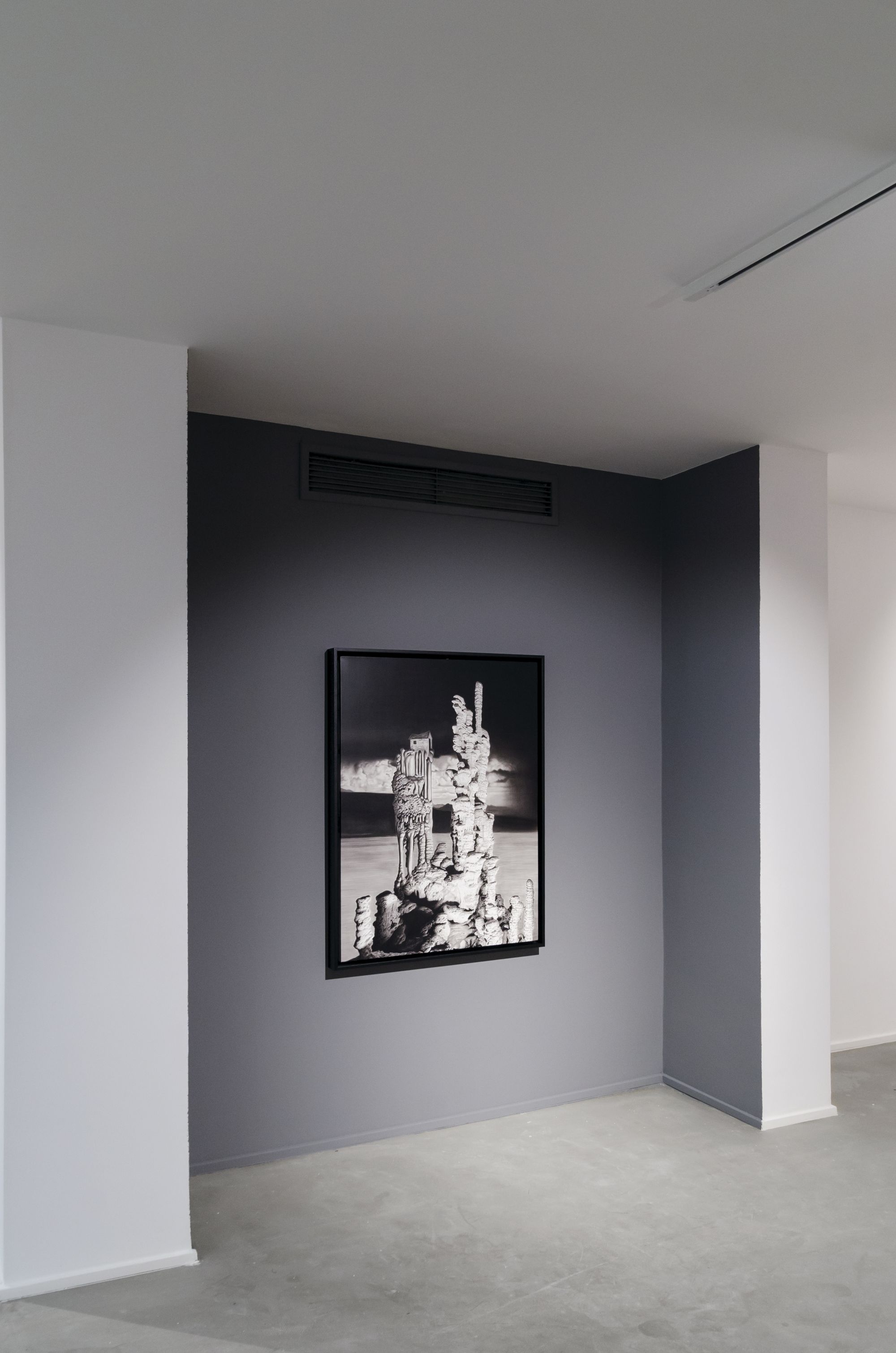
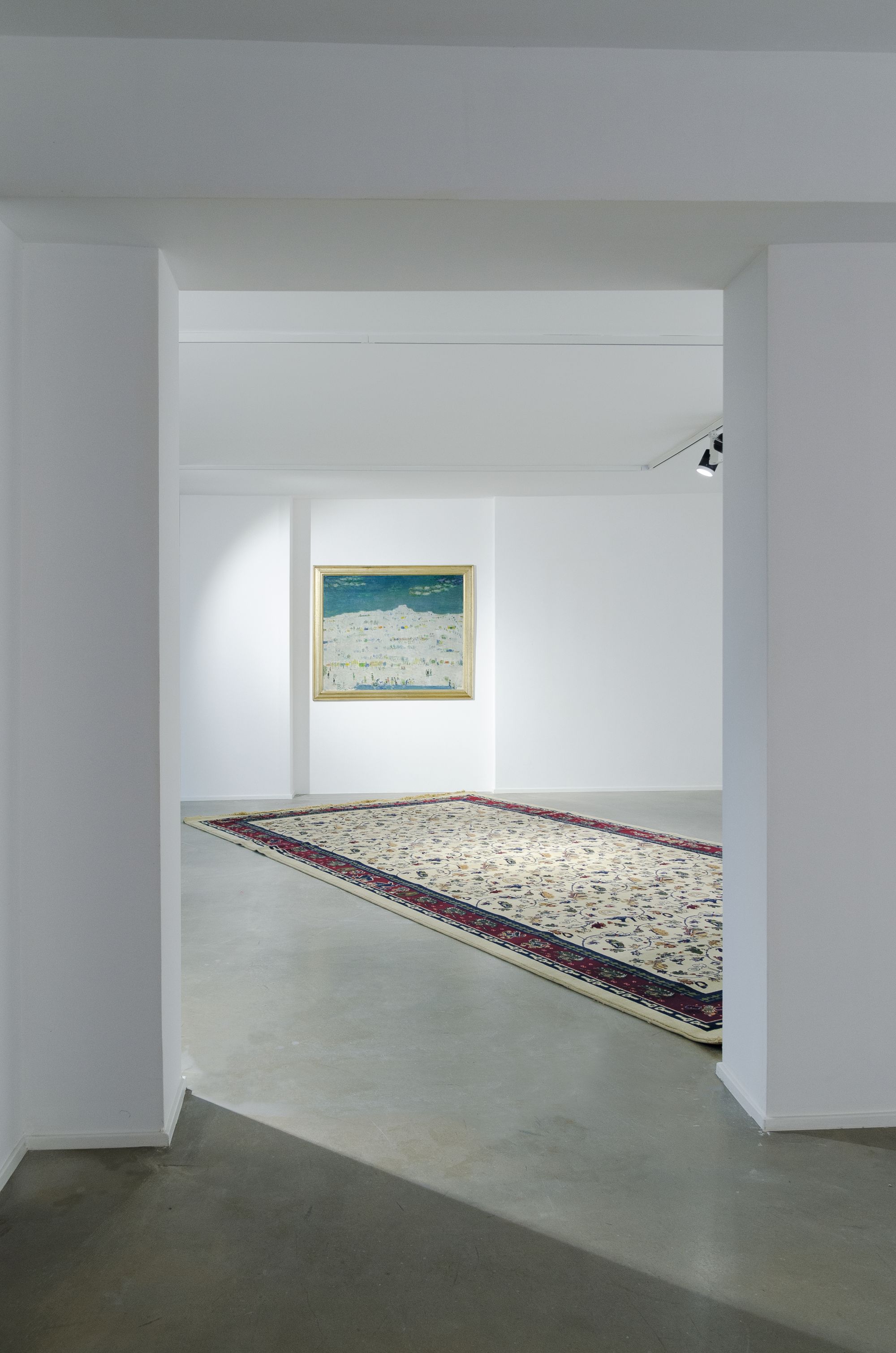
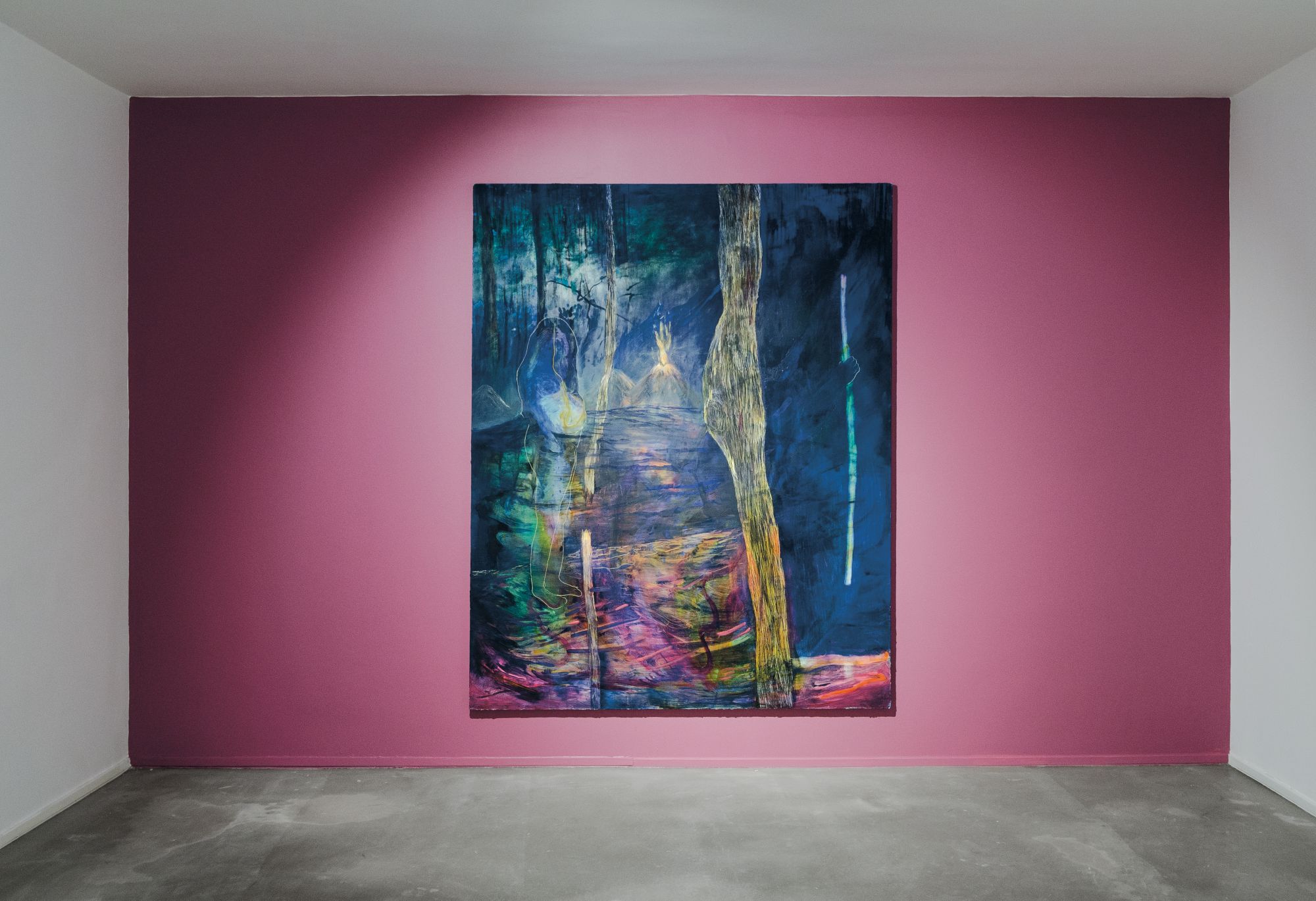
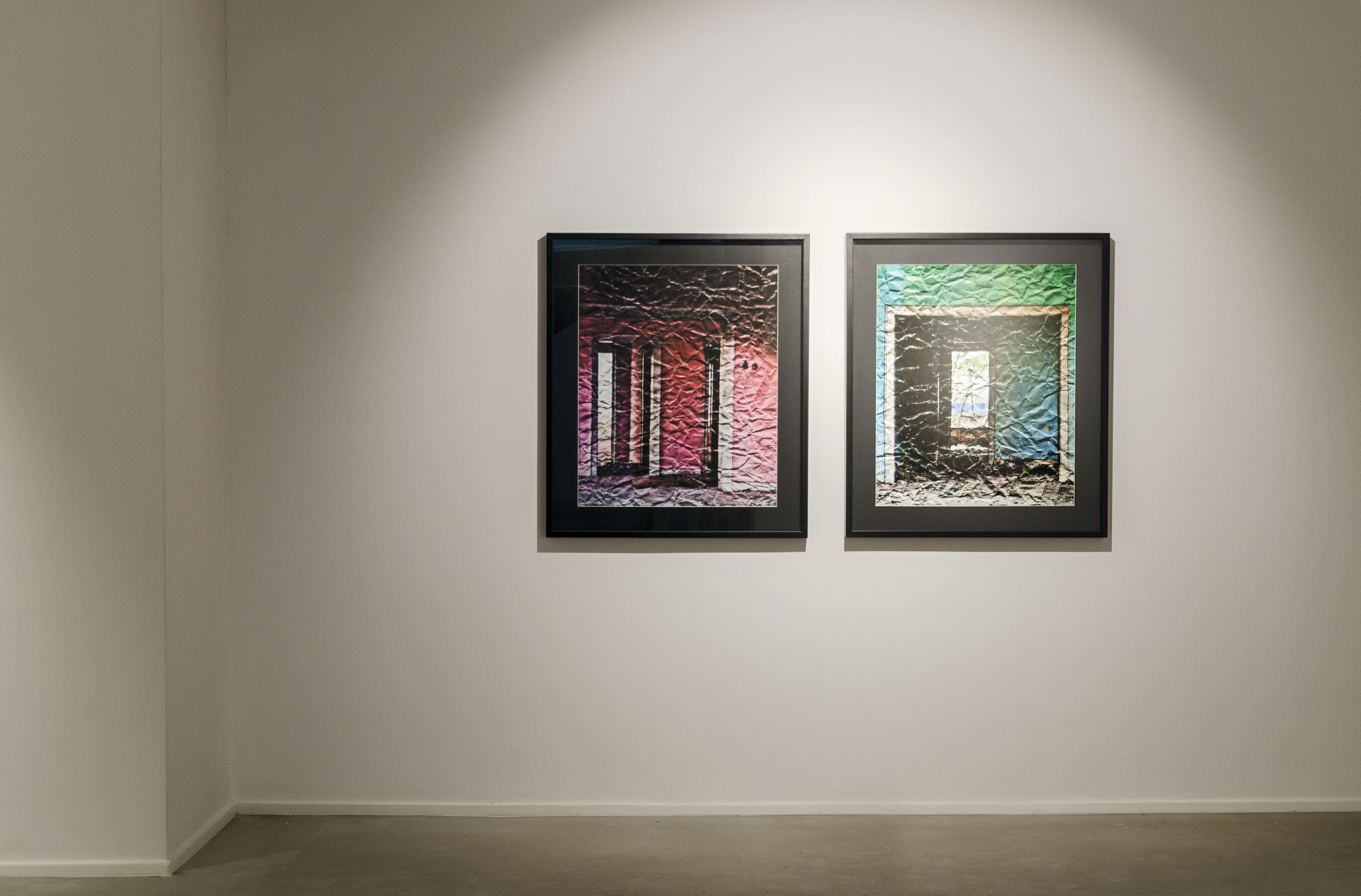

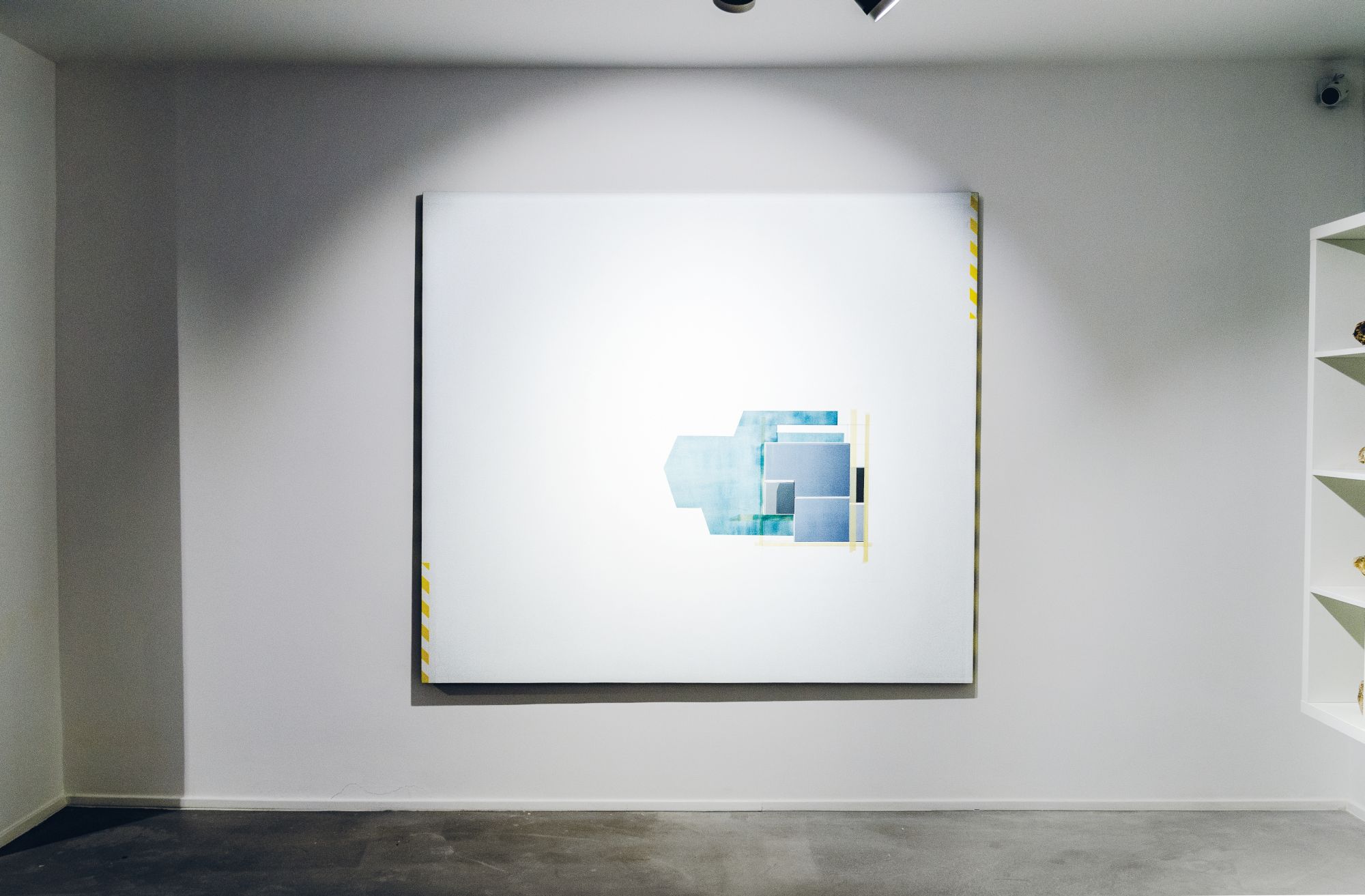

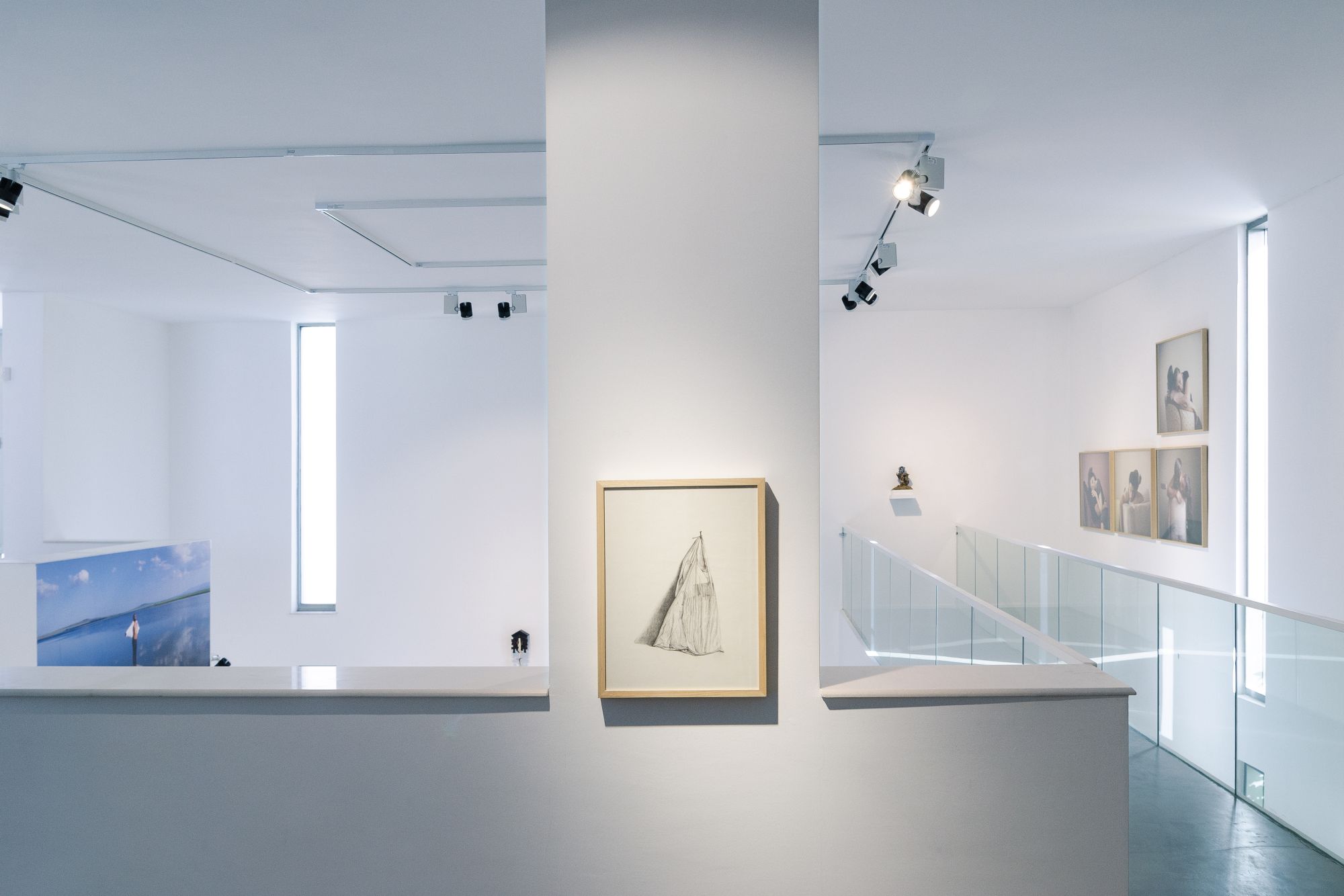

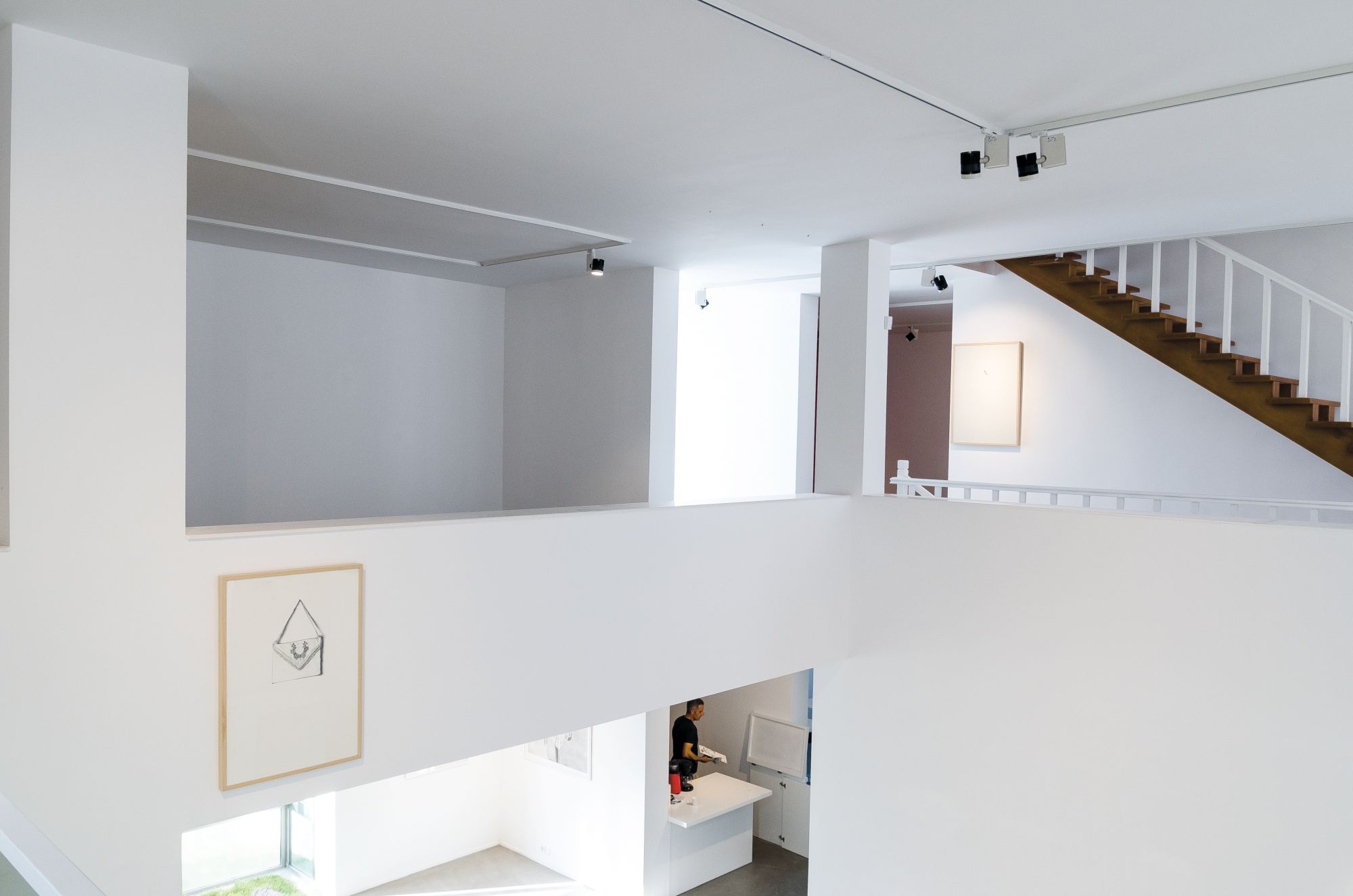




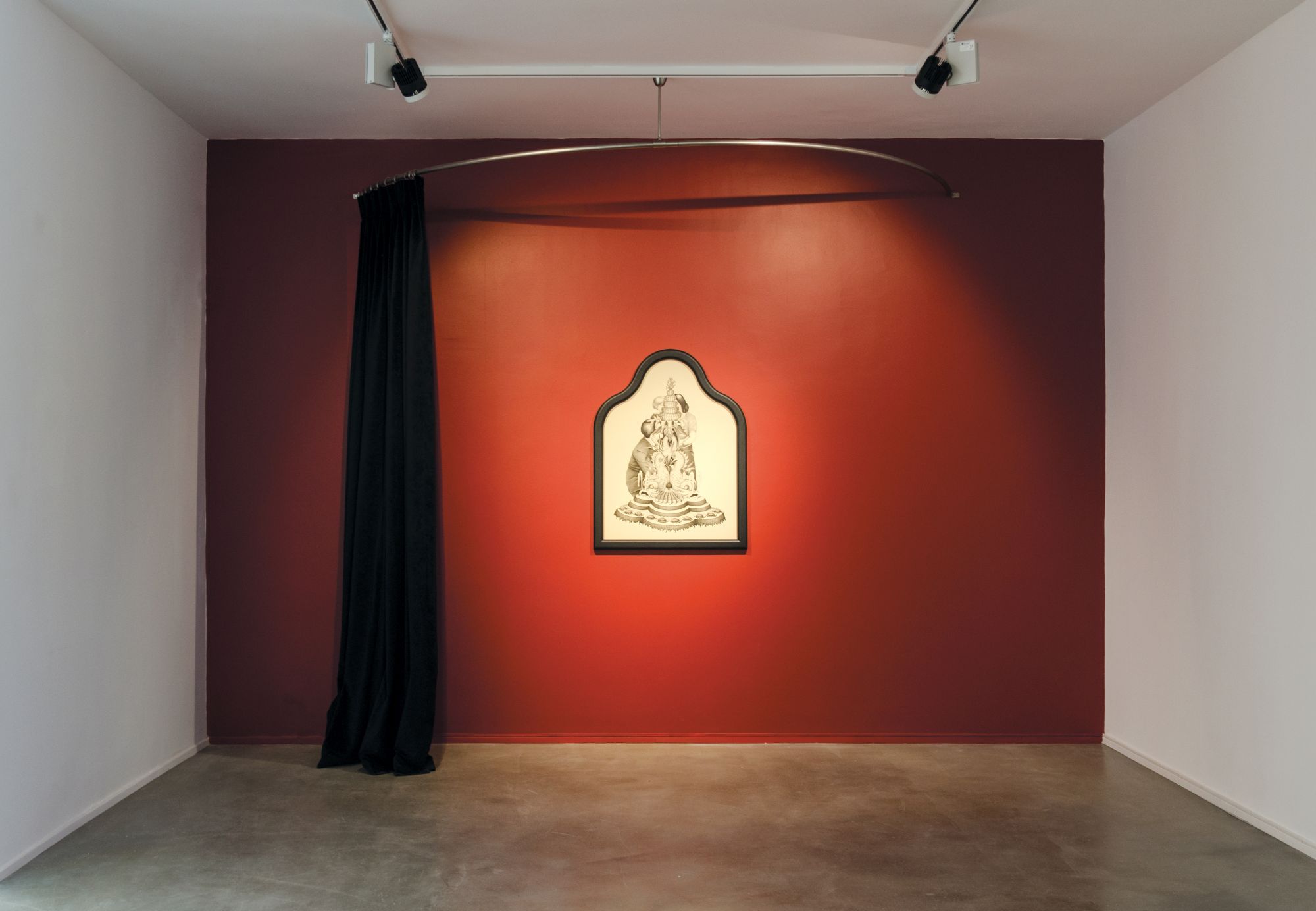

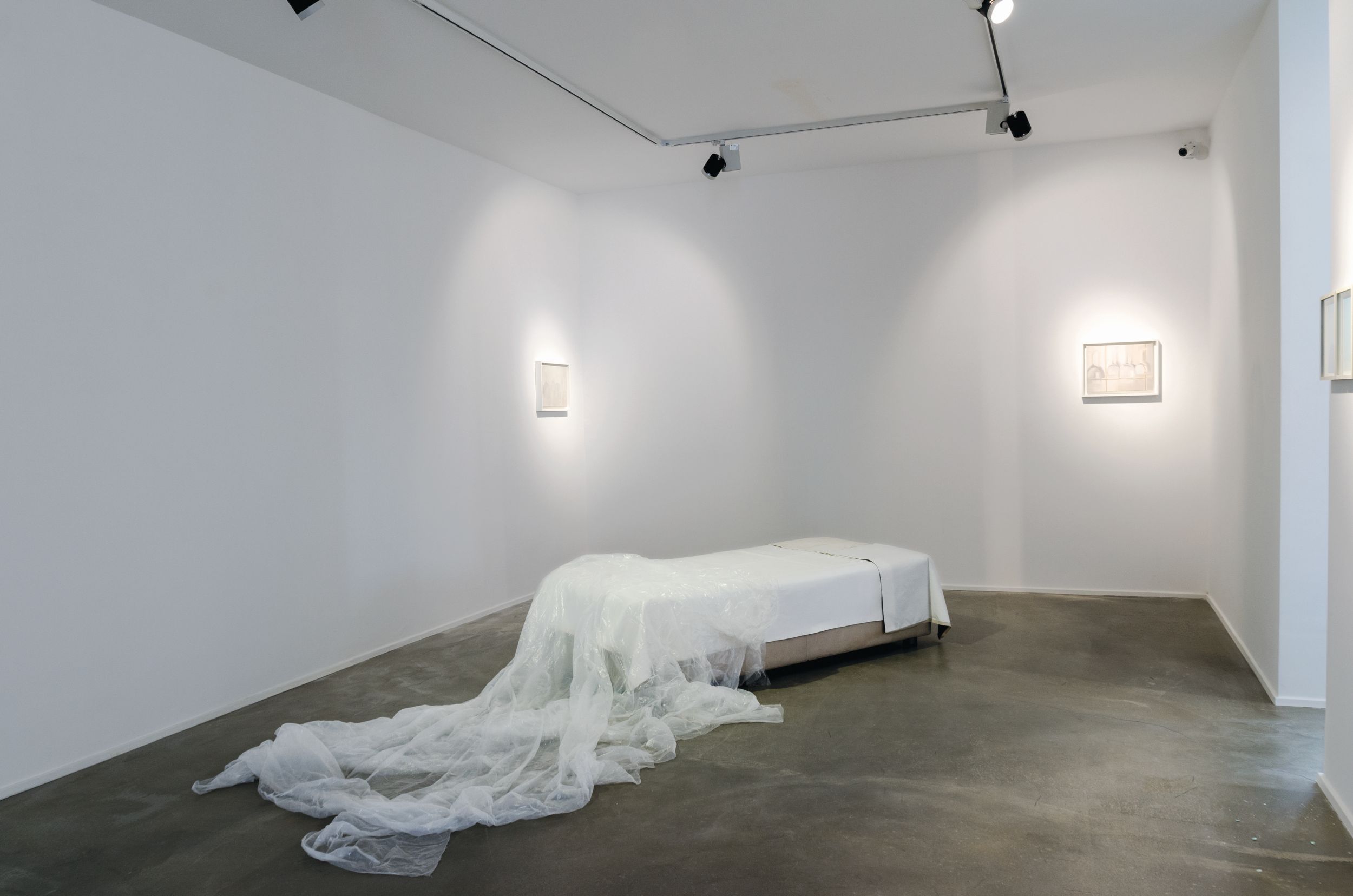


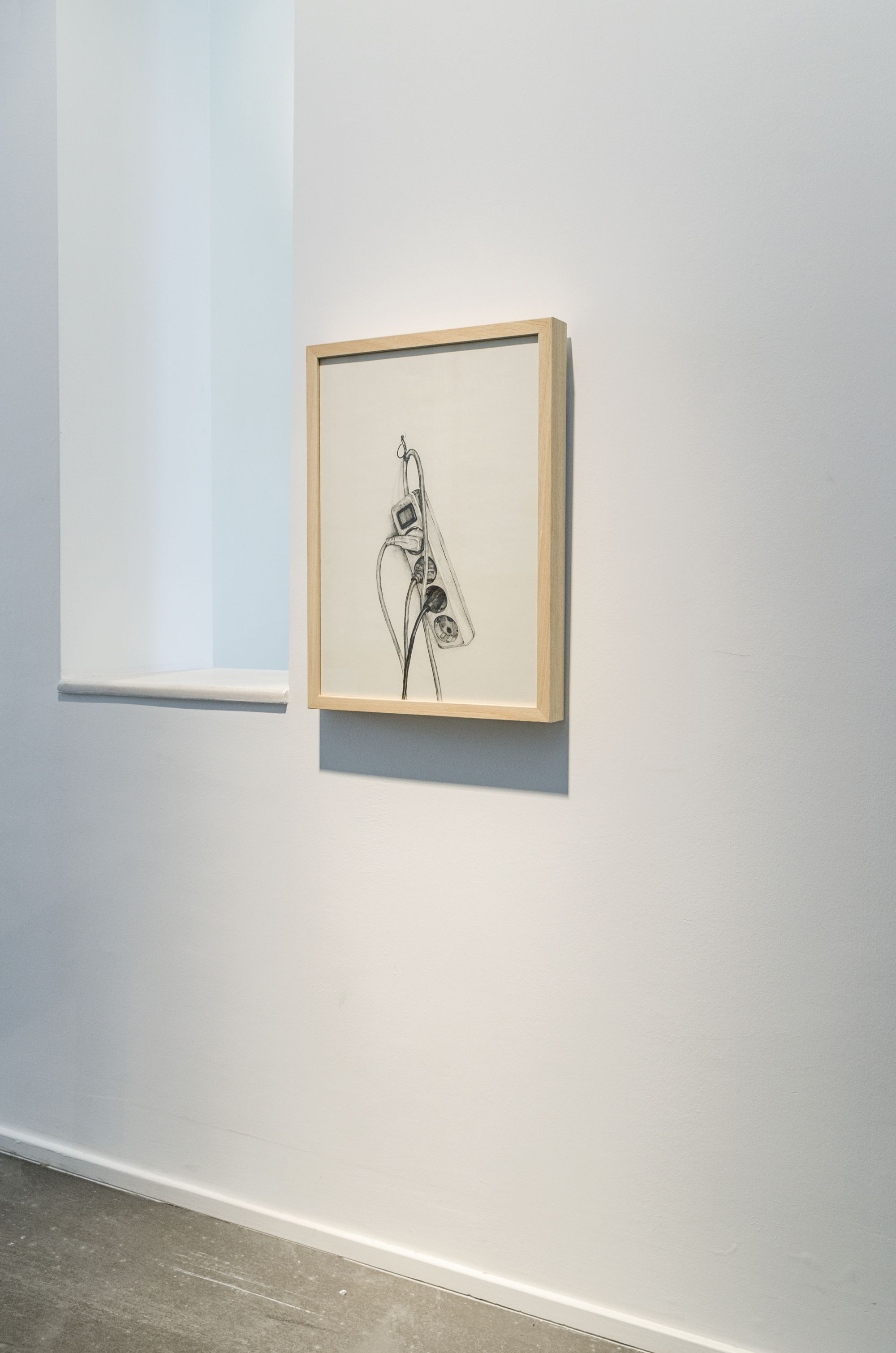
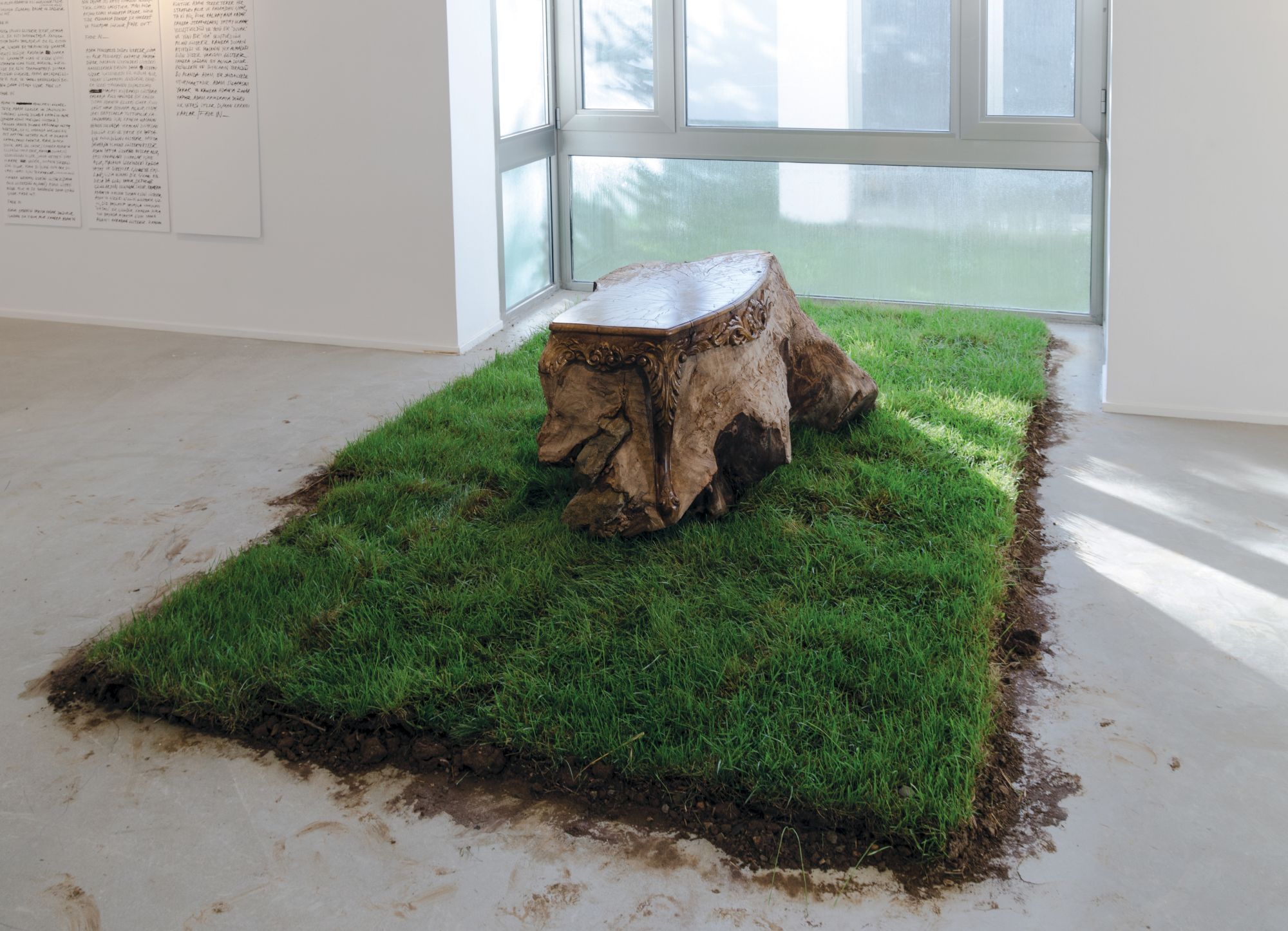
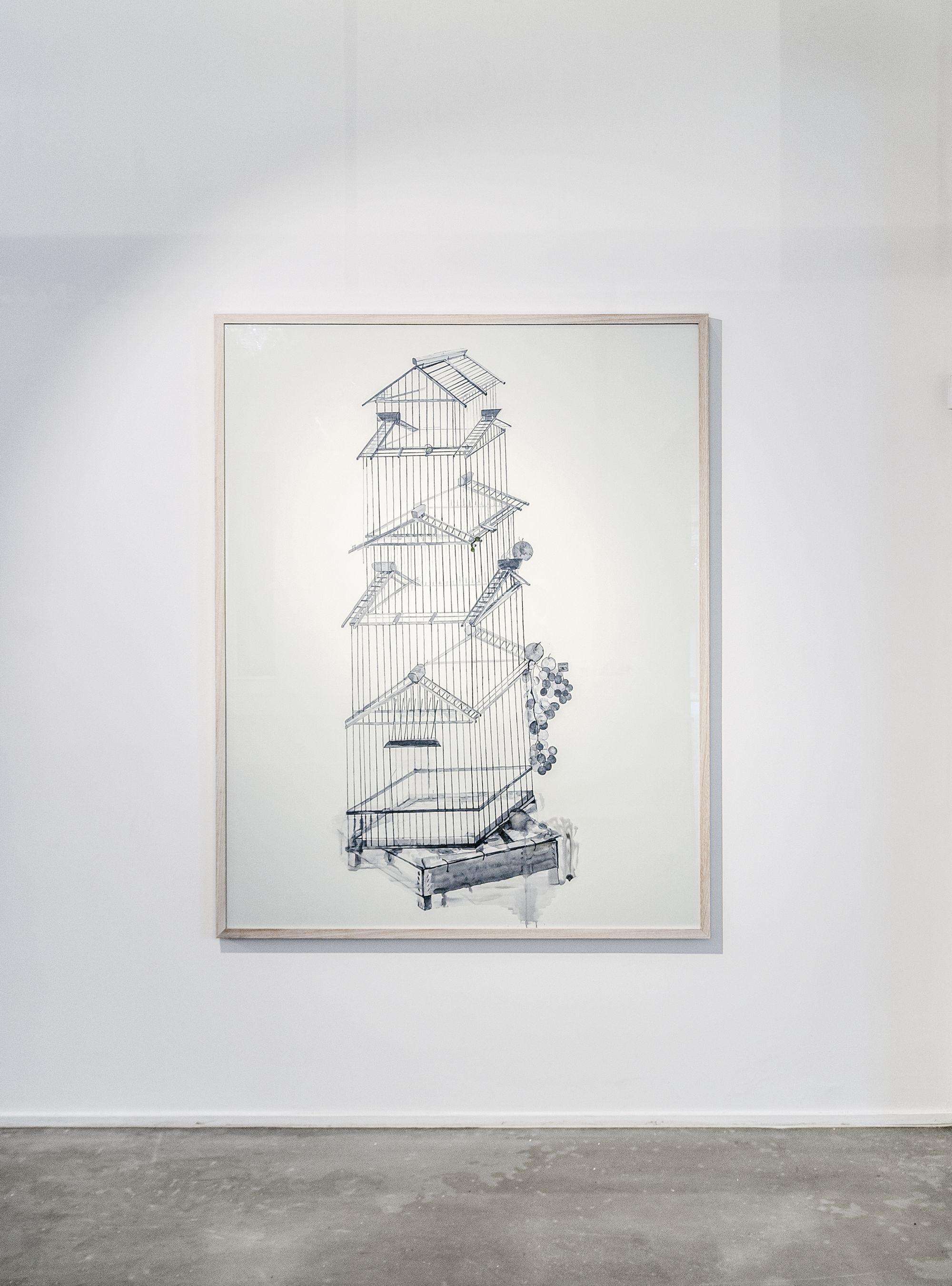
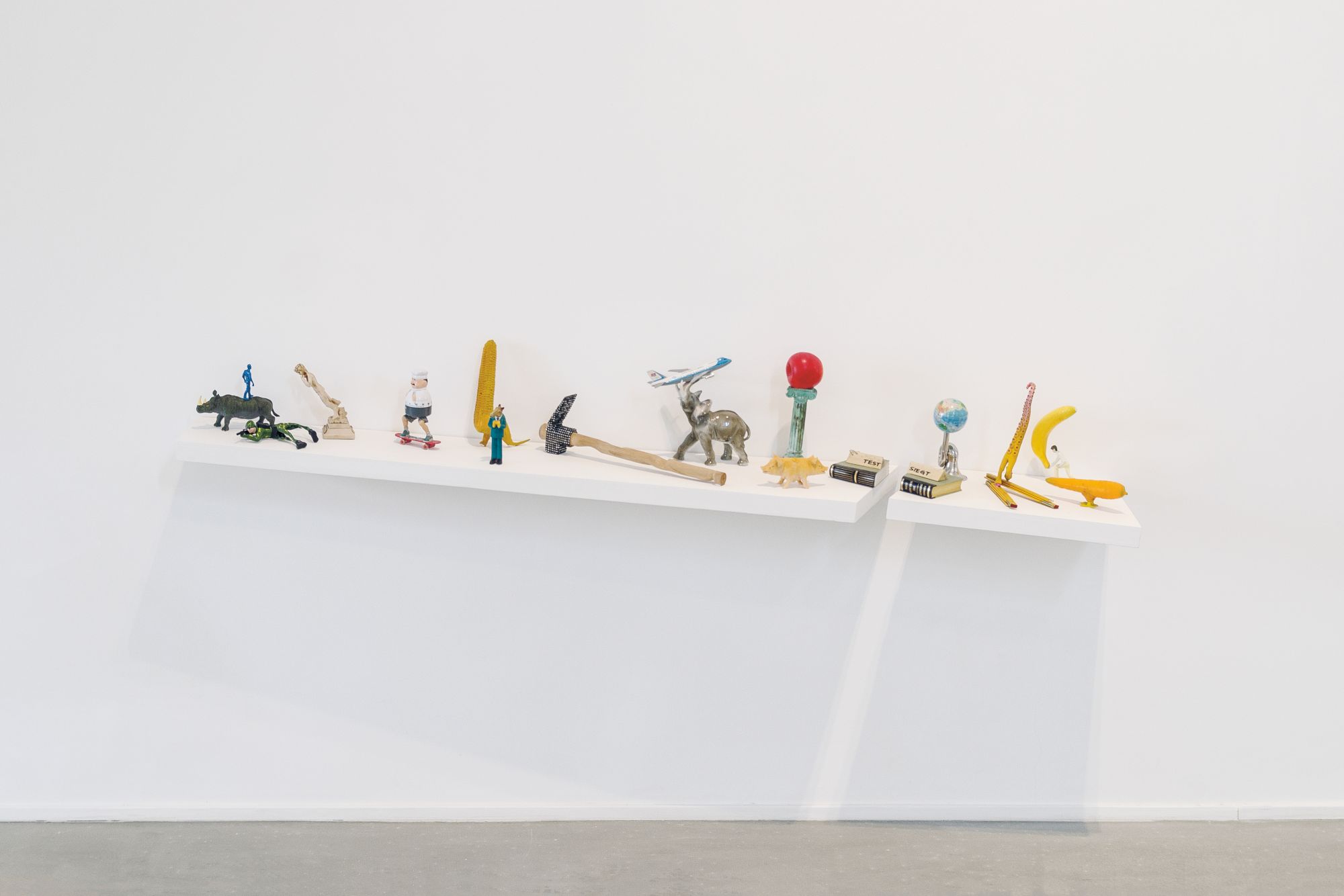
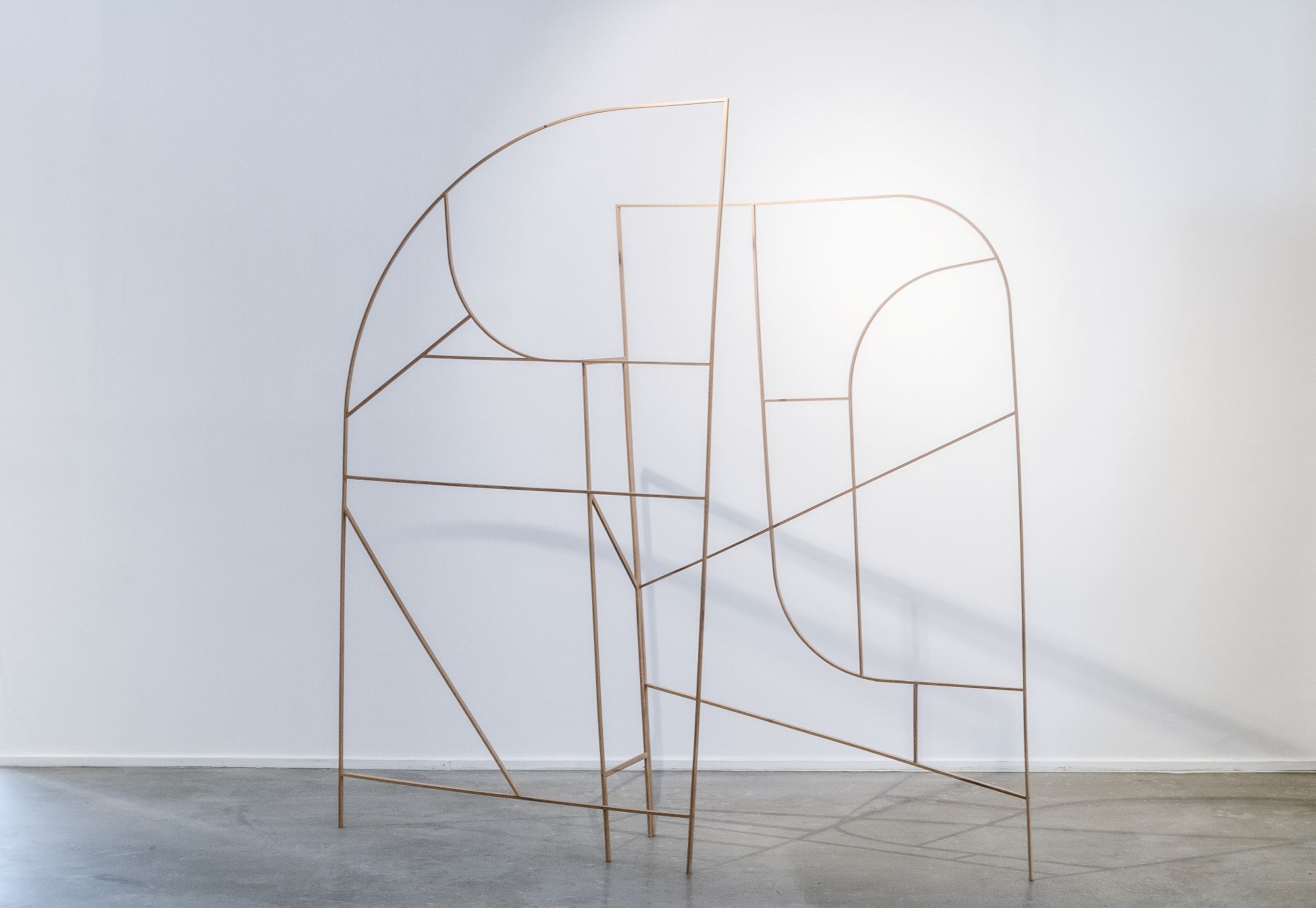

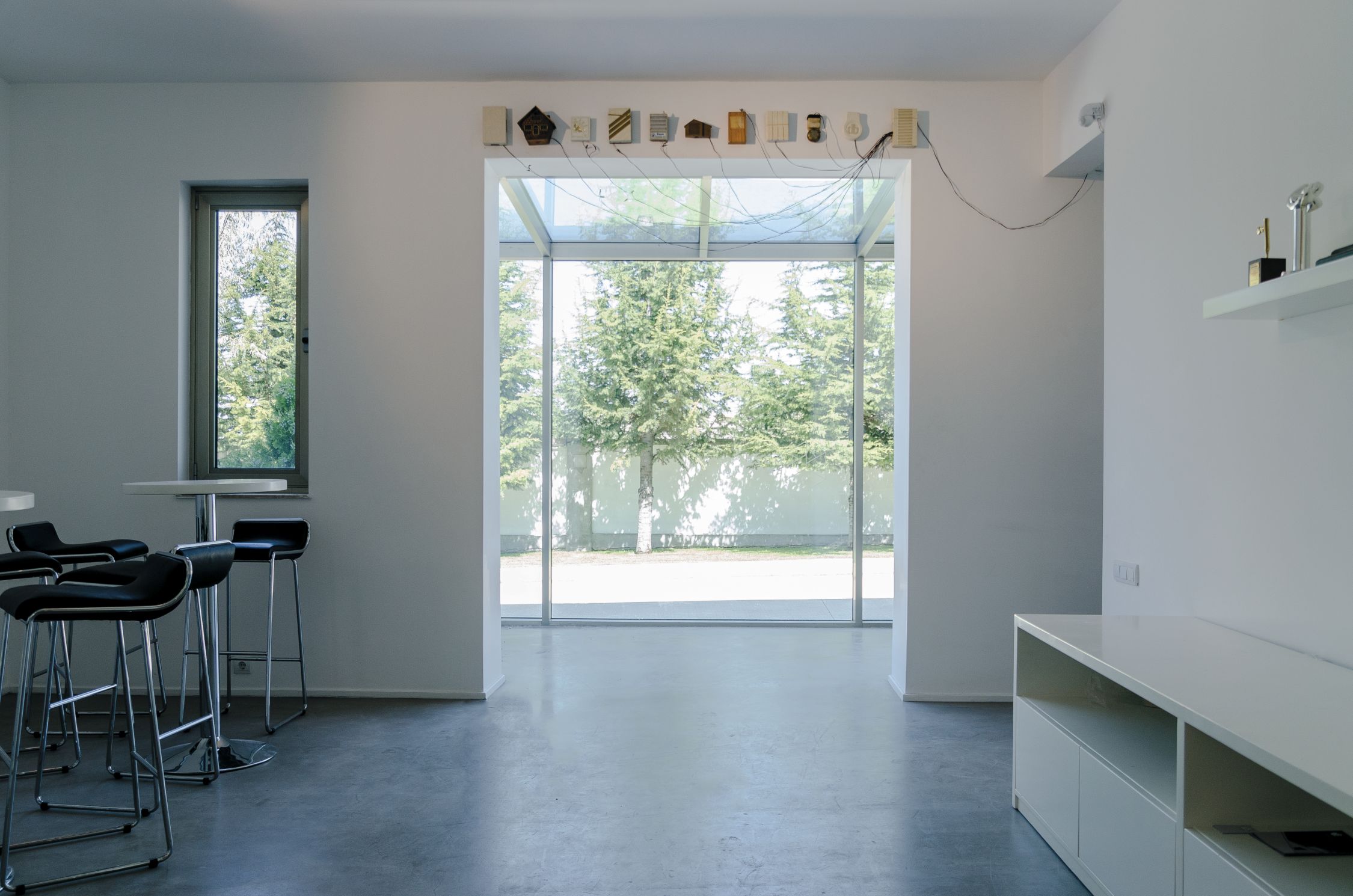

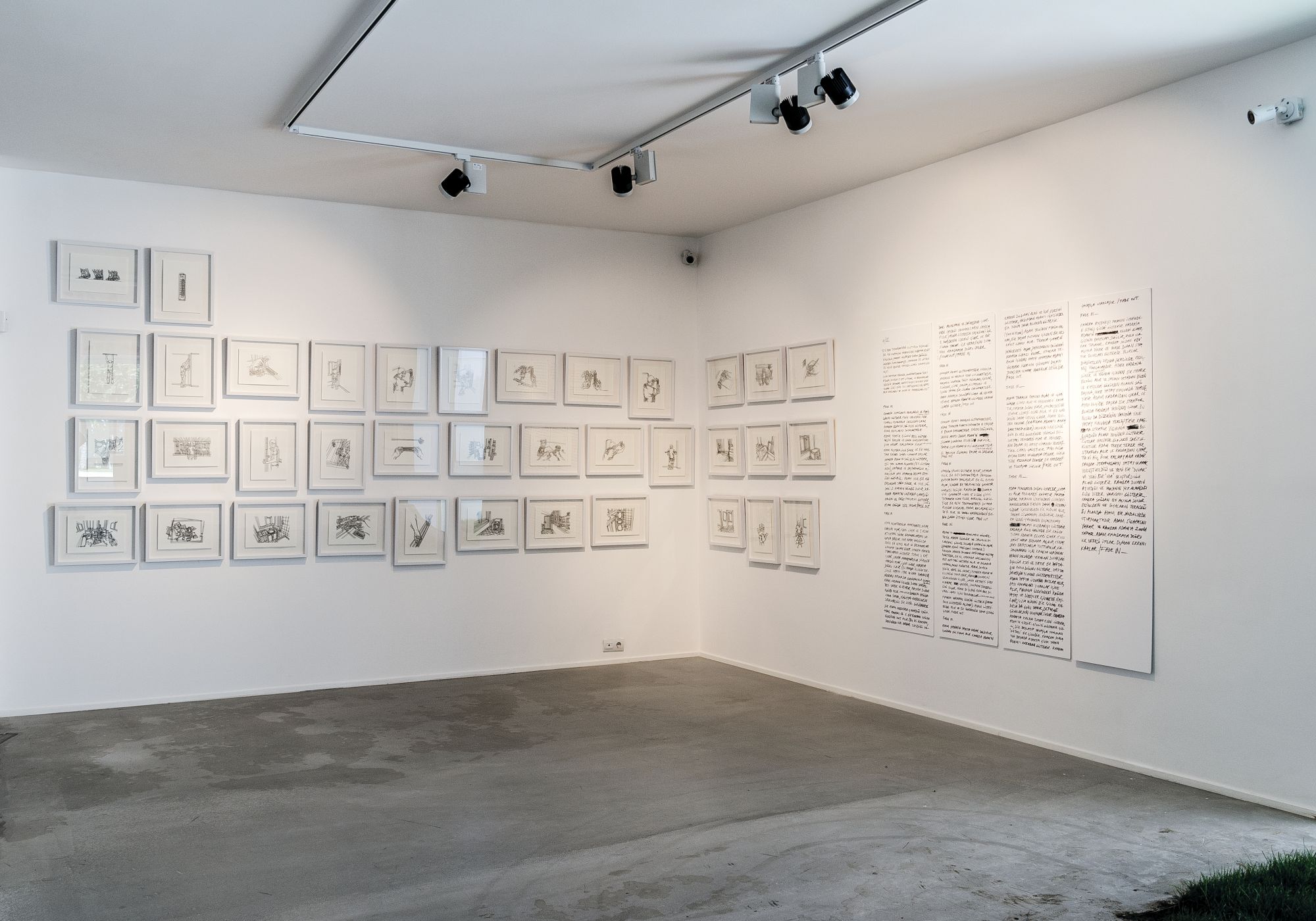
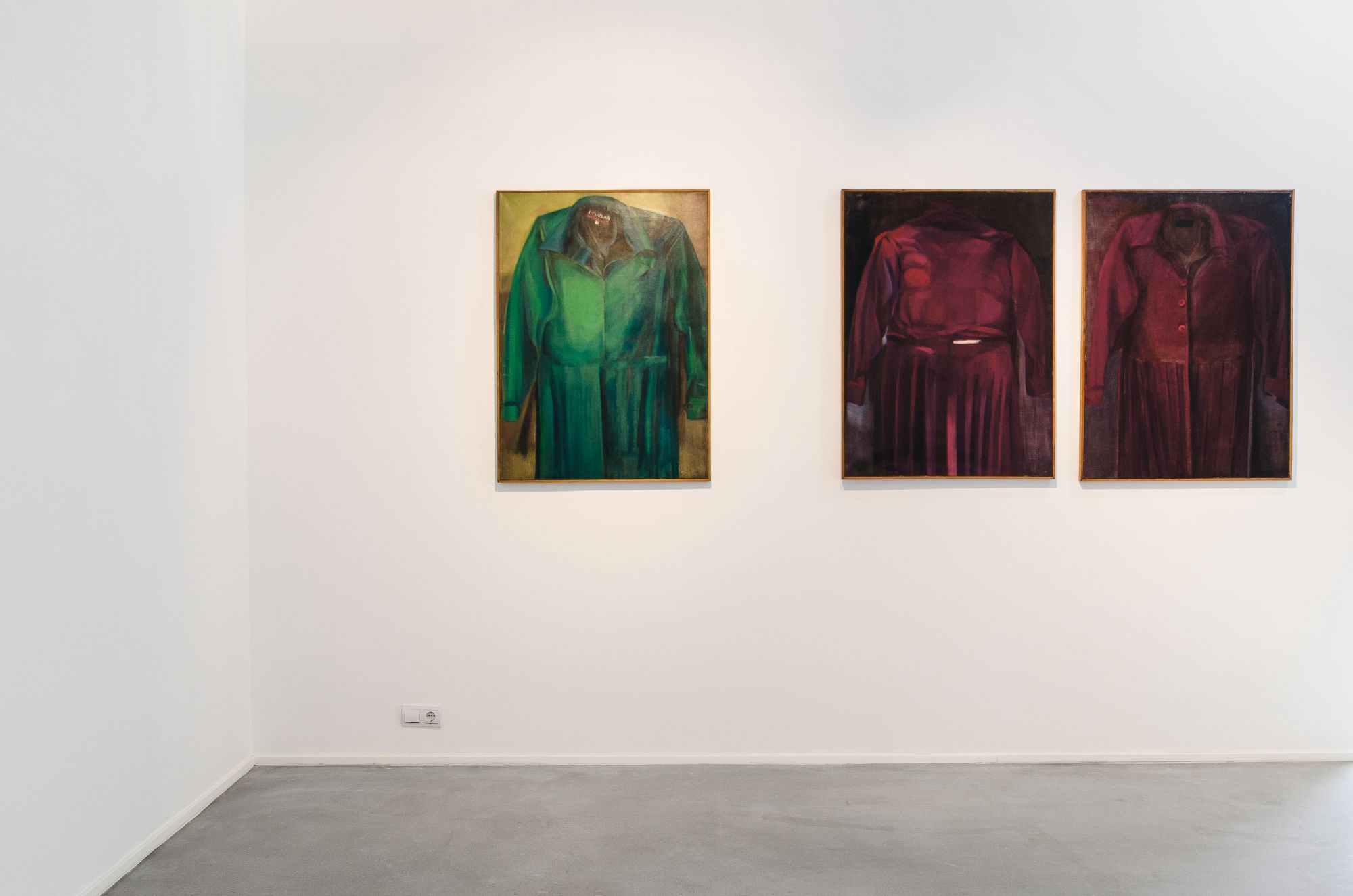
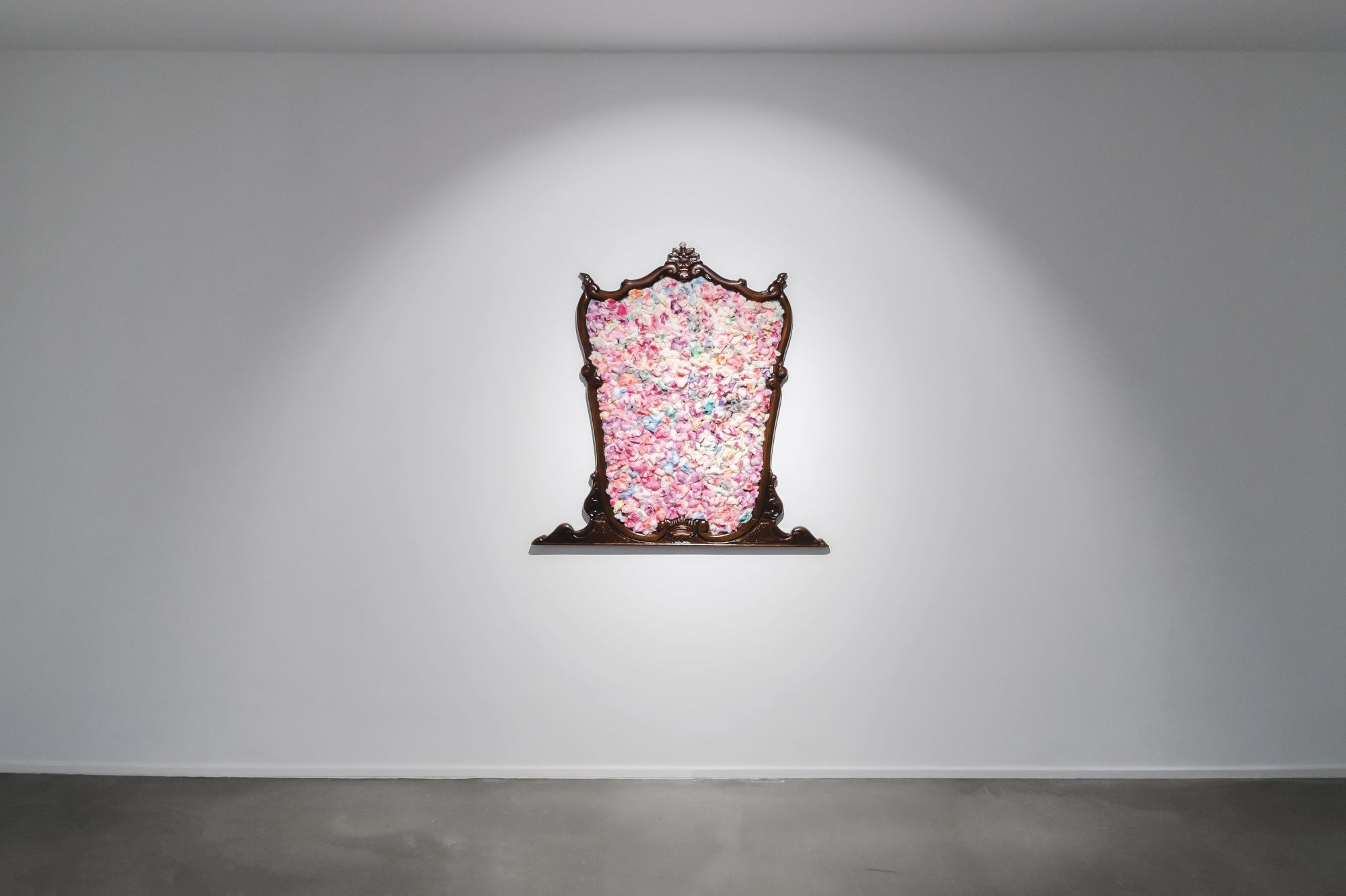
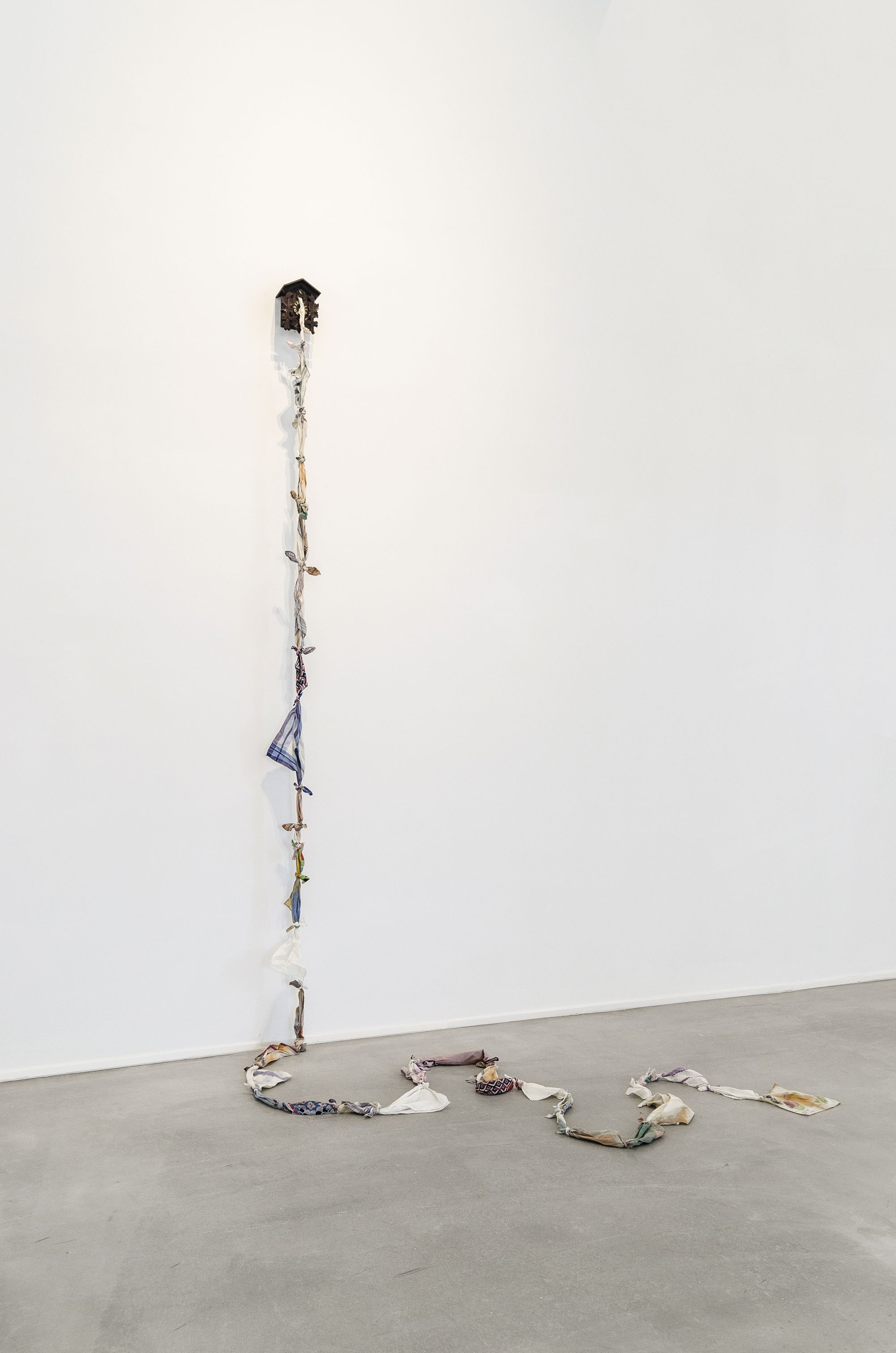
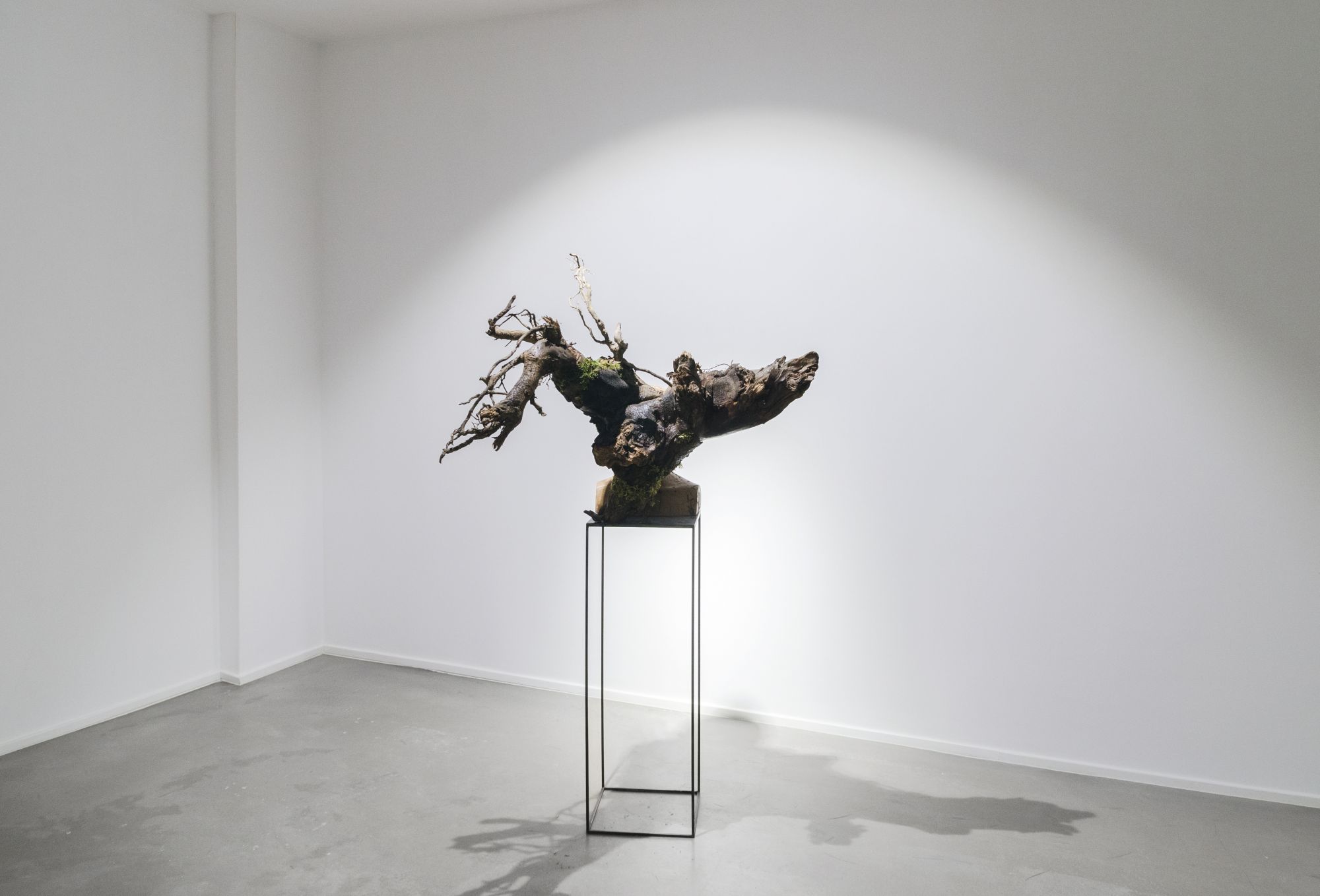
09.09.2017 – 04.02.2018
Neighbouring Event of the 15th Istanbul Biennial
Curator: Derya Yücel
HOME
“When the peaks of our sky come together
My home will have a roof”
Eluard
The home is presented before us, as a privileged field to investigate phenomena specific to the concept of space. It is no longer possible to comprehend the home, with the first meaning of the word, by reducing it to a physical space. The home refers to social phenomena rather than a physical structure, an object and becomes the vital point of social networks carrying human-specific meaning. In the framework of the concept of time, past, present and future give the home different dynamisms. Dynamisms that often intermingle, sometimes contradict, and sometimes warn each other.
It is argued that there is a range of complex and multifaceted connections between social relations and our comprehension of the space. Social relations influence our interpretation of the space, on the other hand, our comprehension of the space influence how we interpret the societal. We learn ‘who’ or ‘what’ we are in the society through symbolic frameworks of space and time. Organized spatial-temporal rhythms function in the direction of socialization of individuals in different roles. According to Lefebvre, the social space that implies being socially produced, is not merely a void; on the contrary it could be attributed a meaning. Space is not an inert, neutral and a pre-existing given, but rather, it is determined by a network of social relations that can be attributed a meaning and while involving various subjectivities, it can always be reconstructed by the imagination. Addressing the home in the context of spatial and temporal identity, Dovey states that home is a place where our identity is continually evoked through connections with the past. Temporal identity is a means of establishing who we are by where we have come from. Home as temporal identity is not limited to connections with the past but extends into a connectedness with the future. Thus, home allows for both the representation and the growth of identity. In the context of a dynamic setting, as the meaning of the home can vary from person to person, it can also vary for the same person at different times due to its parallelism with the formation of the identity. In addition, as Miller points out too, the home, instead of being perceived as an object, can be perceived as a process in which we act.
The term home functions as a repository for complex, inter-related and at times contradictory socio-cultural ideas about people’s relationship with one another and with places, spaces, and things. Home as a physical shelter, as a network that people form relationships with objects or as a phenomenon that incorporates many contradictions at the same time, is a source of multiple meanings, at times positive, at times negative.
Bachelard treats the house as a "place of happiness" because the house reassures the preservation and sustainability of the things that have been gained during human life. The home being the first shell, universe, cosmos of human existence, provides us both scattered images and a unity of images. A power that can be defined as a gravity force, gathers the images around the home. On the other hand, the home may be disturbing or increase anxiety with those that are unseen, forgotten, hidden, from basement to the attic. Home has a dual nature like human. It can be the source, the first scene if not the source, of images of happiness accompanying us throughout our lives, also of our fears that we will always try to get rid of, our tediousness that we try every possible way to be released from. To go or to stay, says, Gürbilek, this is a dilemma that the home imposes on us- or shall we say, grants us. Sometimes, the place where tediousness about the world we live in, everlasting desire to run away, constant and deep pain stemming from the inability to leave, all keep coming back to, is this heavy, depressing home. At home, we are inside the unity of image and memory, the intermingling functionality of imagination and mind, says Bachelard, our body that never forgets, doesn’t want to forget, that unforgettable home... Can we say that each one of us possesses a memory-dream home vanished in darkness, beyond a real past? Transcending our memories of all the houses in which we have found shelter, above and beyond all the houses we have dreamed we lived in, can we isolate an intimate and concrete essence? As Doreen Massey also pointed out, we live in an era that the horror and terror we feel for spaces with closed borders, excluding diversity and the support we give to the defense of the territory, home, ‘essence’ of the oppressed and cast out, go side by side. Maybe home is still the journey we start in eternal space, the center of our existence and our lives. Our roots, our belongings, are the protective walls of our fragile and vulnerable identity. Perhaps, the shelter, in common usage of the word, is no longer possible; the home is in the past. Now, the ground covered, the course or the destination are long gone.
For artists, “HOME” as a metaphor, can be a diagram that will guide their thoughts, memories and dreams. Home, besides being a unifying power for the concepts of memory, self, individual, family, identity, can trigger a research towards multi layered meanings such as neighbor, neighborhood, city, society, environment, space, belonging, geography in the scope of the dialectics of inside and outside. The exhibition titled “HOME” is also searching for an intimate and concrete essence under a roof built with time, memories, dreams, fears, conflicts, judgments and reinterprets works of artists from different generations and artistic practices, around the concept of home. The curatorial framework of the exhibition is based on a synthesis that explores intersection of art and artistic production practices beyond their diversity, common expressions of the image beyond its uniqueness based on interpretation, formal dialogues beyond multilayer of conceptual contents. “HOME" is centered, as a relational dynamic that varies depending on time and context, at a personal level among artists.
Remembering the Home
"When we refer to memory, we are looking at a mind-settling that is rooted in time and space, in image and object, in texture and in scent; in the presence of ambiguities, mist of memories and sensuality.” As the objects trigger the memory, they can become a guide in the resolution of lives that are being spent/were spent/will be spent. In this sense, objects can be seen, not just as objects but as a ‘language’ to be used to comprehend the home in depth. When artists give the weight of their thoughts and feelings to other tangible objects, they can accumulate the universe around an object, inside an object.
Ahmet Doğu İpek, freezes a scene; the transformation moment of the natural form of a tree trunk into a graceful object or vice versa, in the “Table III” The artist is getting a concrete body to an impression that is becoming, continuous and hard to express. Can İncekara, is forming associations between personal memory and social memory in his watercolor paintings named "Grandma". In the ambiguity of remembrance, he is addressing objects that are settled in a familiar home, in a vaguely animated past and into childhood memories. Çağrı Saray, is making a memory map of a home that he got related with the bound of belonging. The artist conveys, by measuring every corner of the home, experiences that take their place in the memory through living spaces and experiential vibes of the space, with a performative narrative, in the designs named “4/12: Topography of a House, no: 2”. Erdağ Aksel addresses the own memory of the exhibition space with "Evliyagil Novelties". The artist who places objects acquired from local spaces, on a shelf, with the method he administered in every city that he made the arrangement at, emphasizes that “value” and “meaning” are not inherent to any spatial layout. Erdal Duman, with his work “Gateway” that puts emphasis on the direct contact memories have with their hiding living space in the dialogue that the memory establishes with the past, accumulates and stores the collective memory by getting in contact with the simplest form of the home and suggests a reading about the memory wandering on these shelfs. Erinç Seymen, in his painting-installation which is the second of the series “Family Values”, digs down deep the concepts of middle class identity, institution of family and property relations along with belonging. By taking the lid off, the artist presents hidden attributes of what seems to be normative and perfect at the first glance, to the viewer. Hakan Gürsoytrak transforms a woven carpet from an indoor object to a way of expression pointing out to the whole social structure, with his production “Warnament: Crying Carpets”, investigating the relationship among object, visuality and collective memory. As objects are added to the mental rhythm of people in the context of home, they also form the boundaries of distinctions between public and private. Leyla Gediz, in her works “Untitled (bed)” and “Untitled diptych (goblets)”, transforms the bed she uses in her studio, into a sculpture and the glasses she uses in her kitchen, into an image. Thus, she realizes a shift that crosses the boundaries between indoor being an intimate space and outdoor being a social space. Being able to create a deviation in the functionality of home determining codes of conduct, requires a force of imagination that tears apart and destroys the symbolic essence of the space. Yuşa Yalçıntaş reminds us of an instinctive dream inherent to home with his design “Game” that is reminiscent of an esoteric ritual beyond a childish foul.
Sheltering at Home
The opinions based on the assumption that every individual (and society) has the need to put down roots, find their strongest expression in the concept of ‘home’. 'Home' is about the origin ; Home refers to the concepts of nest and belonging in order to express the place of origin, geographical root. However, if home, with its most simplified definition, is a protective shelter for our body, it can be a protective shelter for our identity too. Our most hidden sides, our weakest feelings, our most evil angers, our strongest desires, our greatest fears and our most impossible dreams can settle in this 'home’. So that, if there is ‘nowhere’ else that we can go, homes can talk about our existence and construct a subjective narrative about us.
Can Akgümüş, follows the traces of the homes, whose existence is left ambiguous, in his photographs called “Far from Home I and II” The artist leaves the viewer with an uncanny uncertainty on whether we are inside or outside of the ‘Home’ and whether we are familiar or stranger to the ‘home’. Cemre Yeşil materializes the essence of the concept of home in a body that was our “primary universe”, with her photographs titled “Milk Tooth”, putting to the center the mother's bosom that we may be familiar since our birth, the first home that some possess, some long for. As Cengiz Tekin treats the home as a protective shell against the ongoing storm, he looks for the “calmness” that he couldn’t reach at the geography he lives in, on the walls of his home. The artist, in “Silence” puts down to paper his tediousness about the outside through ordinary objects related to the wall surface such as nails, sachets, robe, electric socket, belt ... and with the charcoal drawing method that is not part of his art practice under “normal” conditions. Erol Eskici’s painting titled “Karstwelt 06” consists of a dialectical composition that brings together a number of indicators from fields that are in a forced, opposite and indirect relationship; such as geology, chemistry and architecture. In this dark and picturesque landscape, as home sometimes continues its existence as an unreachable ruin, at other times, it functions as a shelter. As Eşref Üren’s painting dated 1973 “Around Ankara (snow)” presents the viewer a dynamic image of the home/s living in a winter landscape, Komet’s canvas dated 1982 “Viens Ici”, takes the viewer to a memory-dream home rising behind the concepts of family, individual, childhood and freedom. “The Modern West”, viewed as an abstraction of the concepts of inside and outside built on spatial contradictions of modernity, is viewed as an abstraction towards architecture-space concepts that Nuri Kuzucan addresses frequently in his production practice. The home that is being built, half-finished, waiting to be completed, sincerely invites those who are left outside. Romina Meriç whose paintings open up to the body, consciousness and closed tunnels, handles the processes of alienation to self (to home) and owning self (home) with an implicit imagery, in her work “Right Eye” that centers fire as a both destructive and constructive metaphor. Yunus Emre Erdoğan, at “Untitled”, places his sight that he directed from inside to outside, behind a curtain. Rather than watching and observing beyond the protected walls of a home and forming stories about outside, he is addressing home as an observation base from where he looks to himself and to the whole existence. Yüksel Arslan’s work “489, Man 130” which is dated 1997 and part of the “Arture” series, introduces a scene from the artist’s uncanny, dark and exciting flow of thought. In the painting, the gaze of existence carrying stability and loneliness is seen at the women simply sitting in a room. As sliding texts on the floor become the backdrop of memory, the scene points out to the simplest space that memory finds shelter in; home. As for “517, Man 158: (Ancients…)” dated 1998, from the same series of the artist, it looks into the earth which is maybe the last home of all living beings, to the nature and desolation.
Moving the Home
The metaphorical and syntactical components of home are quite many; home embodies the idea of a 'unity' wandering among home, homeland and nest… Home refers to ‘nest’, ‘homeland’ with its imaginative and metaphorical richness and to ‘nation’ and origin in utopian sense. However, by the end of the twentieth century, the world is a place that individuals and societies have lost faith on belonging to a place and realized that their existence at the geography they live in is coincidental. Our era that movement and immigration have taken over settlement, is “the era of the cast out person, refugee and mass migration” Home is a moving, relocating and living concept too.
Ahmet Duru’s three-dimensional work “There is a Nomad inside me”, is seen as a private dystopian universe in the framework of the concepts that the artist addresses about the relationship- tension of nature and urban. This home points out to ecological destruction beyond social, political and socio-cultural conditions. Nowadays, the image of water/sea has become a tragic symbol of movement and mass migration. Berat Işık symbolizes the troubling uncertainty and hope of departing, with a figure moving- maybe simply standing- on the sea, in his photograph titled “Far from Here” In this case, the body becomes a resistance unit against "disappearing" Canan Tolon’s work “Untitled”, is referring to home as a start point that gets shaped by movement and that is returned each time to go once again. As outward-looking eyes, the windows of a residence are spread over the surface in a repeating pattern. Fırat Engin rebuilds a shape that is remembered from children's games, with a magnificent monumental character. “Untitled”, as a home that is made of giant metal playing cards, looks like it would be destroyed when blown, but on the other hand, settles on the ground it stands, with all its weight. “Beirut”, creating a poetic scene at the space, takes its place in the exhibition as Hale Tenger’s 2007 dated video that points out to a geographical area that cannot be saved from the destruction of war and suffering. In a geographical location where the meaning of concepts of Homeland-Nest- Home is worn away, the tragic poetry of the images looking at St. Geoge Hotel as a transitionary accommodation, increases its influence with the music composed by Serdar Ateşer. Hera Büyüktaşçıyan's “Lost Cuckoo Bird”, is composed of a cuckoo clock hanging on the wall with its door open and handkerchiefs tied to one another and hanging from this small door. Arrangement builds a story based on home, nest, belonging, immigration, settling and inability to settle, with its strong simplicity carrying the concepts it points out to. The video work of Nil Yalter who focuses on the working life, living conditions and political exile of immigrants, belongs to the series “Turkish Immigrants” that she started on1977 and includes conversations of women, men and children about their daily lives, problems, wishes and desires. This video-documentation portrays important statements of the time being, on what life looks like for workers who are in an effort to construct a new belonging far away from home. While home implies an integrated structure in this sense, it also incorporates leads on the desire to settle down and on hybrid identities. Moving, leaving one home for another, becomes the unavoidable destiny of every city in these aggressive times of urban transformation. Onur Ceritoğlu constructs a temporary urban memory on the used objects he acquired from the houses evacuated to be demolished. “Removed Doorbells”, which the artist accumulated among these objects, start ringing loudly right after each visitor’s entry, just like they wish to mask their temporary being at the exhibition space. Şifa Girinci, investigates the state of constant change of place and movement of a community (Yoruks) related to her identity, with “Reject /Stone” and with her photographic work “Homeland” referring to the adventure of these stones. These stones belonging to a demolished house located at Muğla, Tepecik area to where many families migrated between 1938 and 1970- the transition period from nomadism to permanent settlement, are referring to the instincts of a group of people rejecting established life and stability. Yaşam Şaşmazer, turns the concepts of nature-human, home- homelessness, identity- self into a collective representation in “Uprooted (Self-portrait)” The artist questions the possibility of turning our roots into branches and rejuvenating, and of developing, fledgling our identities creatively.
Existing at Home
The nature of the identification of woman with home and domesticity and its relation to woman's subjectivity, Is the most important of topics addressed in the exploration of space and gender relationship. Home, in the context of social space, is an important indicator determining life experiences of woman and men in a society and its scope and boundaries. The relationships that woman who could only have a secondary position in the patriarchal structure, establish with each other on the basis of class and in the context of home, exhibit different power and empowerment relations too. Home/nest as the founder space of “womanhood”, reveals how it constructs subjectivity with power and societal practices as a memory space. Apart from woman’s identity, LGBT’s who have been producing a subjectivity position with their individual, group, organized and spatial struggle against exclusion and violence for a very long time, become part of a struggle that establishes common grounds with feminism in the framework of the production of gender and space, too. Because, “ The problem will not be solved as long as homosexual movement and other movements live in different houses and just go to visit each other, the struggle should be made for a spatial relationship that transition between the rooms is free, even if these are the different rooms of the same house”
Berkay Yahya's three-channel video work " Thanks for being part of it!” offers an effective visual expression of LGBT identity, about right to life that is taken away, social judgments and oppressions and hate crimes. With the perspective that he constructed, the artist makes us confront the murderer with the eyes of the victim. Deniz Gül who questions the ways in which public- private spaces are constructed and the processes of identity formation through daily rituals, addresses home in the framework of privacy, transience and flexibility concepts, with her mirror “Raziye” that she made of polished cottons. Personal narratives provide an insight into revealing the relationship among individual, collective, cultural and social. Women’s experience sharing in the context of oral history, is quite eye-opening in the understanding of construction processes and continuation methods of gender identity. Ferhat Özgür's video titled “Women in Love” narrates three women’s conversation on issues such as home, family, men and sexuality, during a home visit and gives space to the re-discussion of the construction of women’s identity around fiction, reality and idealism. Gözde İlkin questions the societal meaning of home under a restrictive view with her work “Speech” that symbolizes gender norms, “family” institution and patriarchal discourse, over male body. “Women had a home and the matter was whether they would stay there or not, how much they would get away from home and how much part they would take in public space and in which ways; but with the condition that they get back to home at the end” İnci Furni addresses the image of ‘cage’ on getting free of home, leaving home behind, returning home, being a prisoner at home, becoming free with home and rebuilding the home, with her watercolor painting titled “Bird Palace” and her installation constructed of laths “Lath” İpek Duben carries Şerife to the canvas as a symbol of survival struggles, emotional experiences, resistance to or acceptance of changing values, of women working as paid home workers after the migration from rural to urban, with her work “Şerife II, IV and V” that has the idea that home may have different meanings for women from different social groups, at the background. İrfan Önürmen, who embraces a symbolic language on the function of home, being one of the spaces of cultural practices, on the construction of subjectivity of women, produces a discourse against woman being put behind closed windows and her existence at home, in his work “Gaze series No:50” composed of layers of tulle hanged and sewn on the canvas. In contemporary feminist theories, "women's issues” fetishism on the ability to overcome gender based specific social inequalities or the "dramatic" tone implicit in the "women's rights" argument and the risk of reproducing the dichotomy of “saved-oppressed women” are emphasized. Necla Rüzgar positions a troubled but as much wild existence watched inside of a glass, just like interrupting an oppressive regime that reproduces itself, with her kinetic installation "Left Hemisphere” Because it is the story that a neither oppressed nor saved woman tells from the inside of the glass; the story of an ongoing movement, an experience. From the moment of happening, experience is under the threat of "irreducibility" and disappearance. However, the experience that exists again and again as it is told and begins to circulate through life, also creates its own temporality and gets updated once more in each new narrative. Nezaket Ekici who conveys a differentiated experience to the viewer each time, in her work “Emotion in Motion”, leaves her traces to the objects belonging to home by kissing them as if she consumes her own body. The artist looks to the temporality of space and experience that cannot be stabilized, from women’s perspective and presents us a thought on spatial mobility and in-between concepts via performance.
As home defines a space where all these integrated relationships exist, the exhibition “HOME” addresses this concept with a variety of discourse from artists and a richness of multidisciplinary understanding and methods.
Paul Eluard, Dignes de Vivre, Julliard, 1941, quoting from p.115, Gaston Bachelard, Mekânın Poetikası (The Poetics of Space). Trans. Aykut Derman. Istanbul. Kesit Publishing, 1996, p.64
David Harvey, Postmodernliğin Durumu (The Condition of Postmodernity). Trans. Sungur Savran. İstanbul. Metis Publications, 1999, p.244
Henri Lefebvre, the Production of Space. Trans. Donald Nicholson-Smith. Oxford. Blackwell, 2001, p.154
Kimberly Dovey, Home and Homelessnes, Home Environments. Ed. Irwin Altman and Carol M. Werner. New York and London. Plenum Press, 1985, pp. 42-43
Daniel Miller, Home Possessions: Material Culture behind Closed Doors, Berg. 2001, p.115
Shelley Mallett, Understanding Home: A Critical Review of the Literature. The Sociological Review, 52, 2004, pp. 62-89
Gaston Bachelard, Mekânın Poetikası (The Poetics of Space). Trans. Aykut Derman. İstanbul. Kesit Publishing, 1996. pp.31-32
Nurdan Gürbilek, Ev Ödevi (Homework), Metis Publications, İstanbul, 1999 p. 140
Gürbilek. A/m pub. p. 148
Tezer Özlü, Çocukluğun Soğuk Geceleri (Cold Nights of Childhood). İstanbul. Yapı Kredi Publications, 2004
Bachelard. A/m pub. p. 43
Doreen Massey, For Space, London: Sage, 2005, p.6
Theodor Adorno, W. Minima Moralia. Trans. Orhan Koçak and Ahmet Doğukan. İstanbul. Metis Publications, 2000. pp.39-40
Pierre Nora, Hafıza Mekânları (Sites of Memory). Trans. Mehmet Emin Özcan. Ankara, Dost. 2006, p. 19
Martin Heidegger, Discourse on Thinking, New York: Harper and Row, 1959; Simone Weil, The Need for Roots. Prelude to a Declaration of Duties towards Mankind, London: Routledge, 1949/2002.
Gülsüm Depeli, Görsellik ve Kültürel Bellek İlişkisi: Göçmenin Evi (The Migrant’s Home: The Relation Between Visuality And Cultural Memory), Kültür ve İletişim (Culture & Communication), 2010, 13(2) summer, pp. 9-39
Agnes Heller, Where are we at home?, Thesis Eleven, 41, 1995, pp. 1-18
Edward Said, Reflections on exile, Out There: Marginalization and Contemporary Culture., comp. R. Ferguson, M. Gever, T. Minh-ha & C. West, New York: The New Museum of Contemporary Art, 1992, p.357
Aksu Bora, Kadınların Sınıfı, Ücretli Ev Emeği ve Kadın Öznelliğinin İnşası (Class of Women, Construction of Paid Household Labor and Subjectivity of Women), İletişim Publications, 2005, p. 223
Özgür Özakın, "Heterosexist Politics in the Establishment of Urban Spaces" workshop at the Social Forum of Architecture, 21.10.2010 Ankara. See. Gülistan Aydoğdu's news. Http://www.kaosgl.com/content/escinseller_ve_kent_atolyesi_yapildi 22.10.2010
Ayten Alkan, Şehircilik Çalışmalarının Zayıf Halkası: Cinsiyet (Weak Link of Urbanization Studies: Gender), Nermin Abadan Unat’a Armağan (Gift to Nermin Abadan Unat) – Birkaç Arpa Boyu: 21. Yy’a girerken Türkiye’de Feminist Çalışmalar- A Few Yards- Feminist Studies in Turkey in the 21st Century (comp. Serpil Sancar), İstanbul, Koç Üniversitesi publications, 2012, pp. 343-414
Ayten Alkan, A/m pub.
Beatriz Sarlo, Geçmiş Zaman: Bellek Kültürü ve Özneye Dönüş Üzerine Bir Tartışma (Past Time: a Discussion on Memory Culture and Return to Subject), İstanbul. Metis, 2012, s.21































